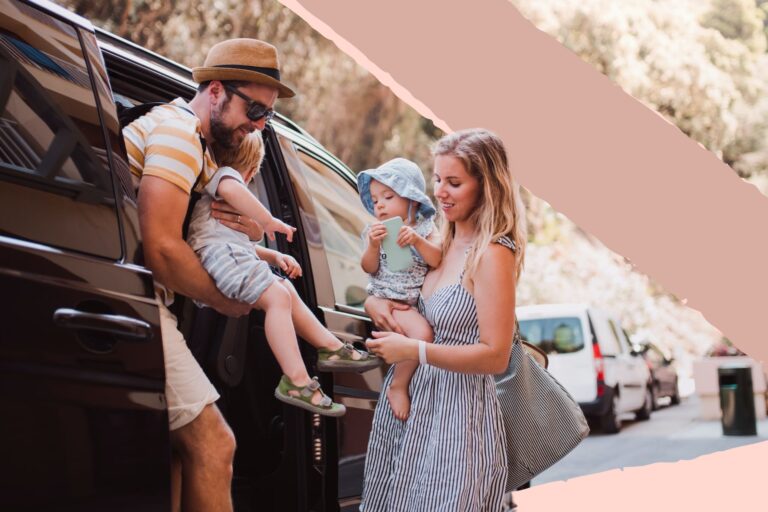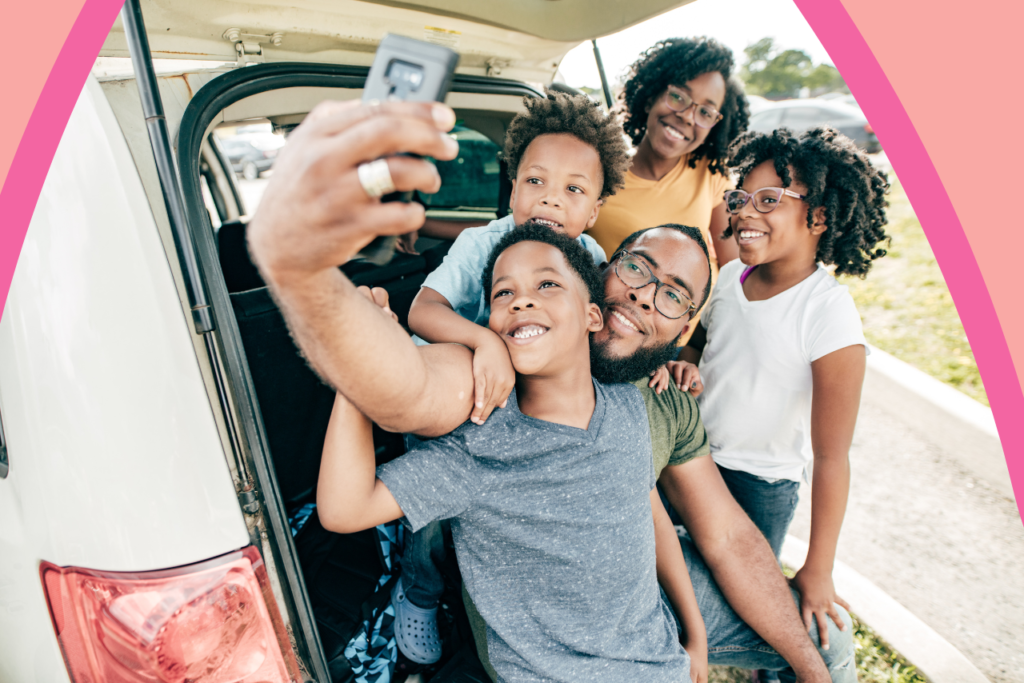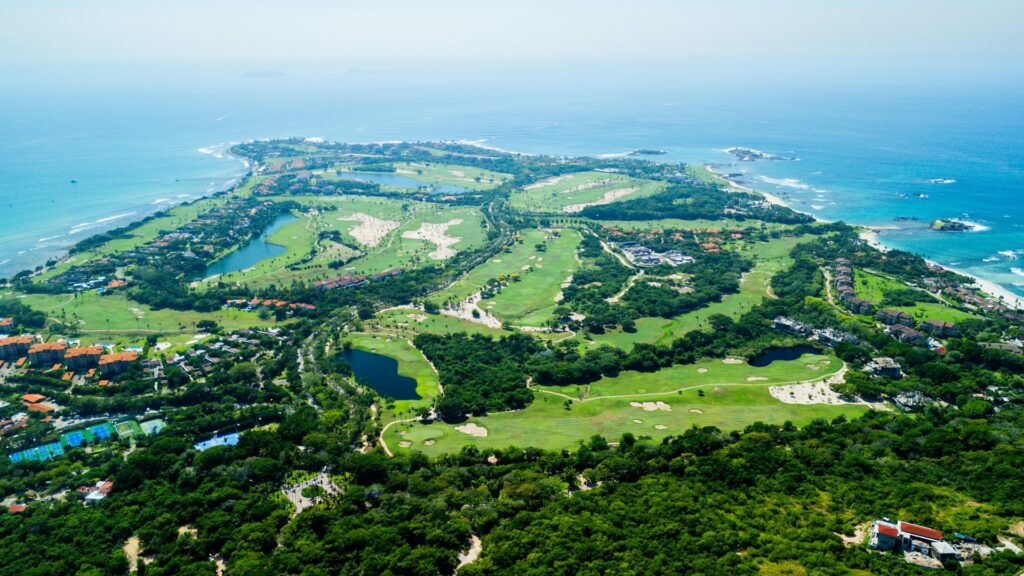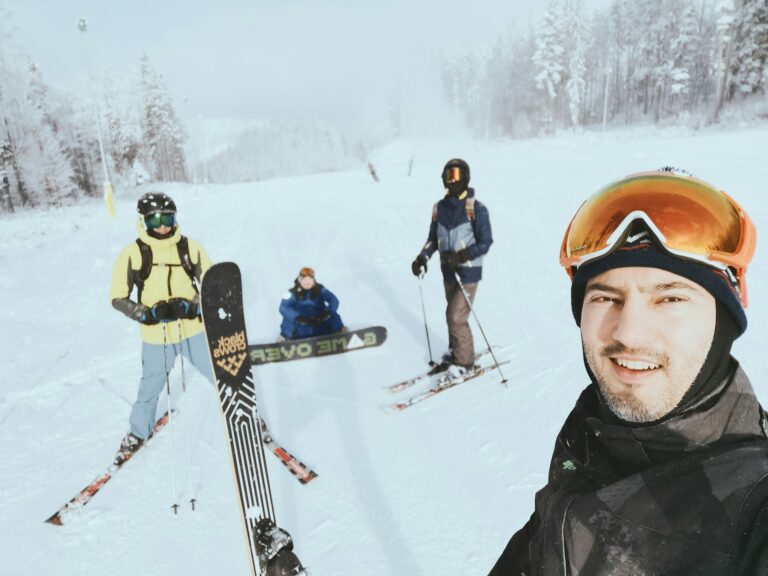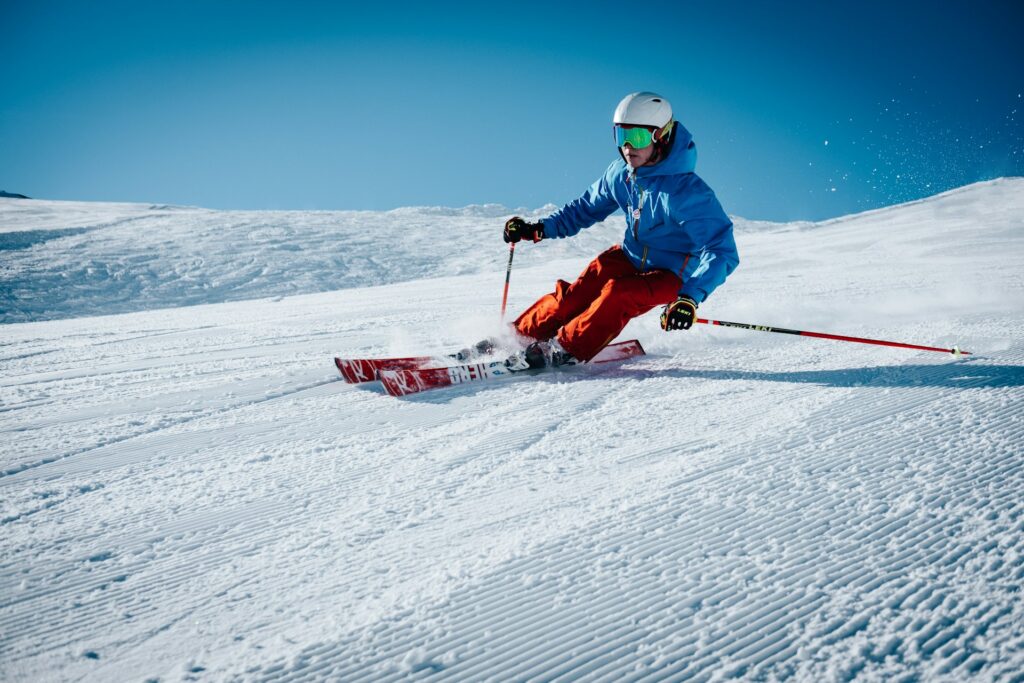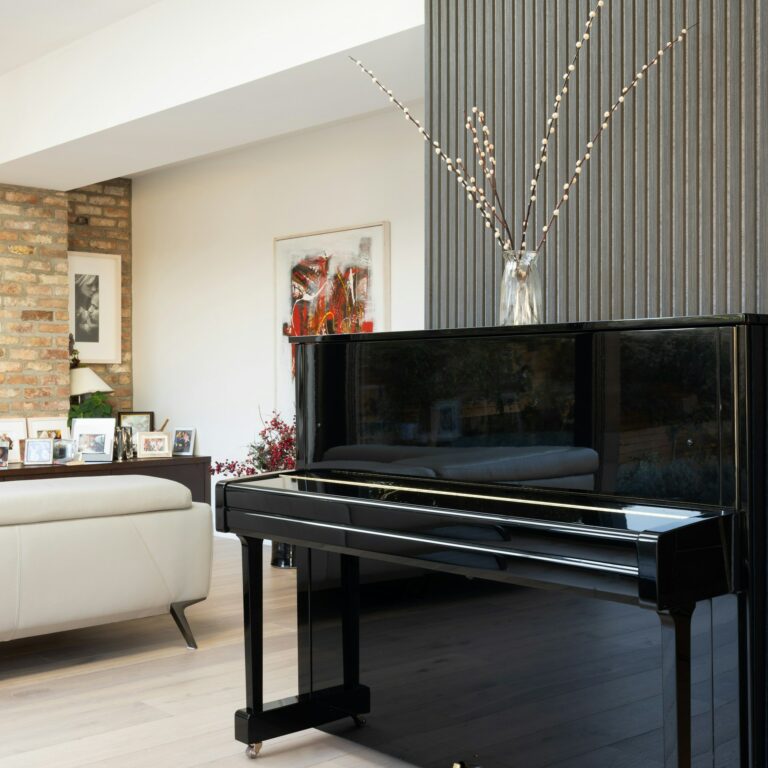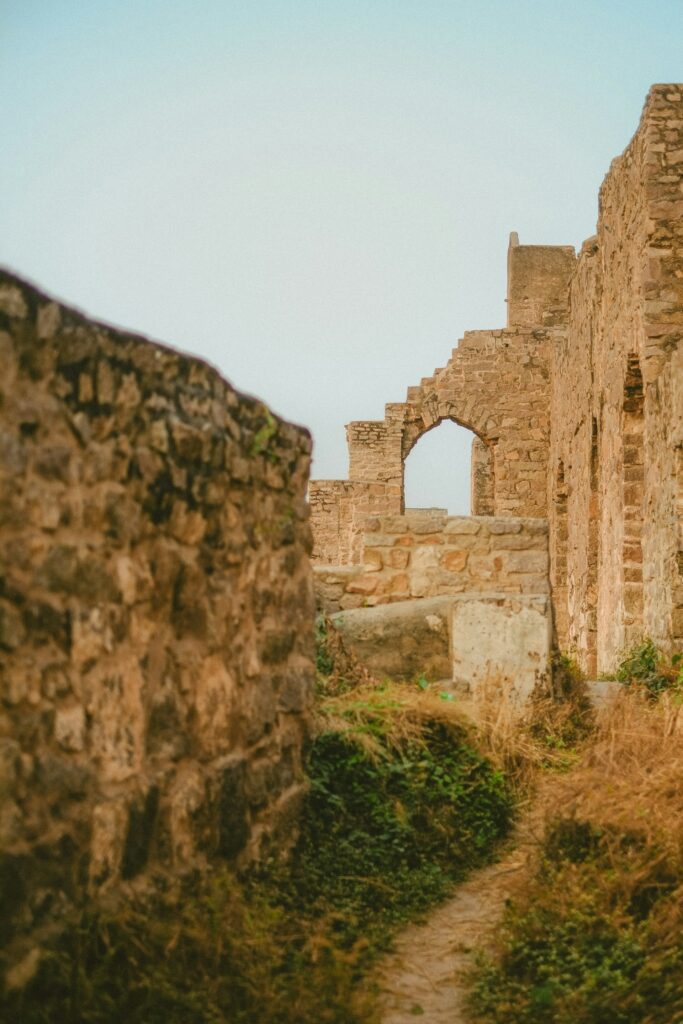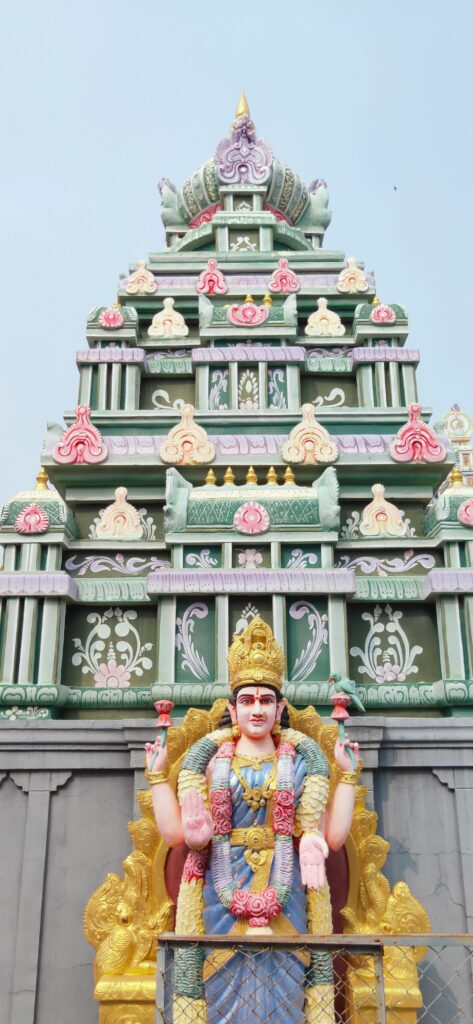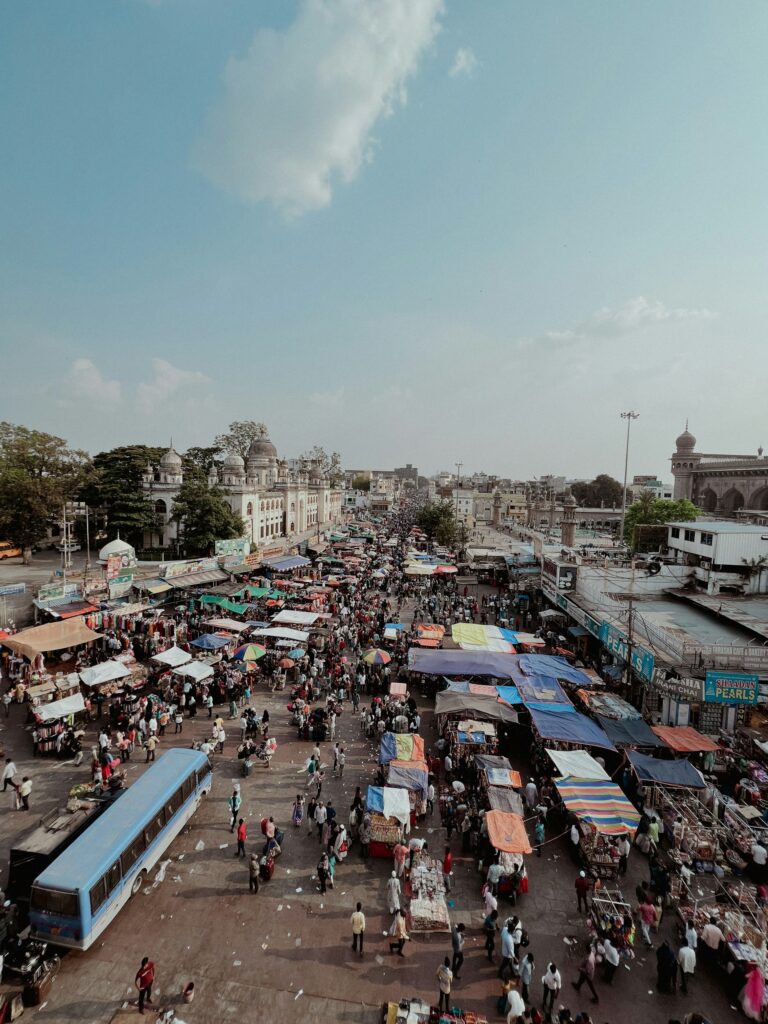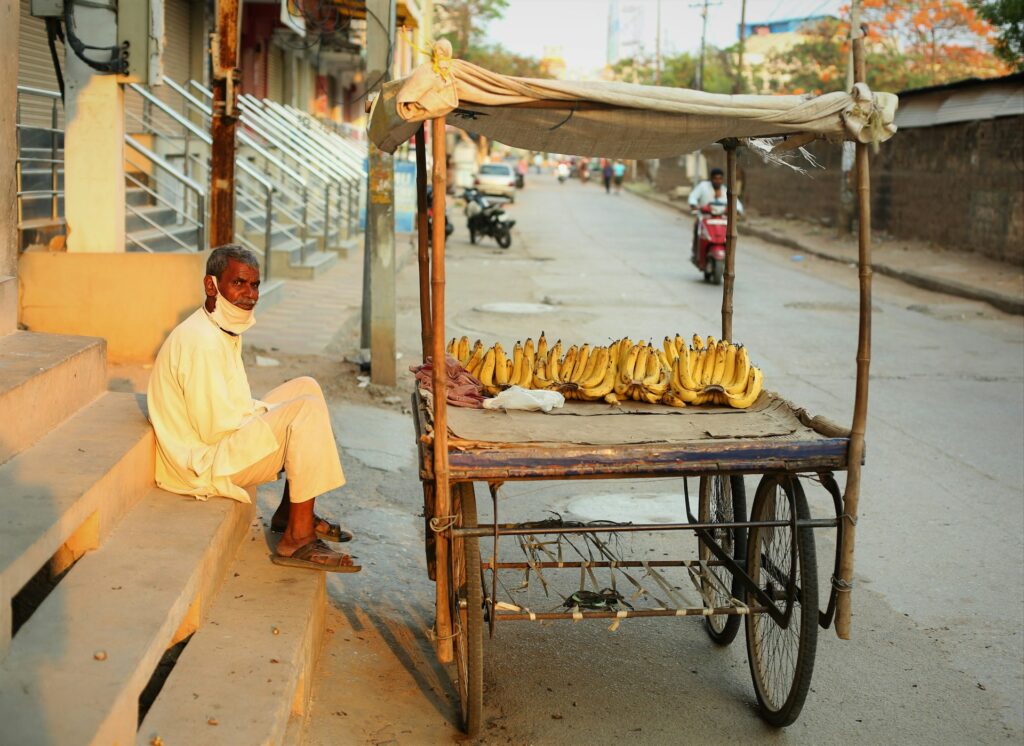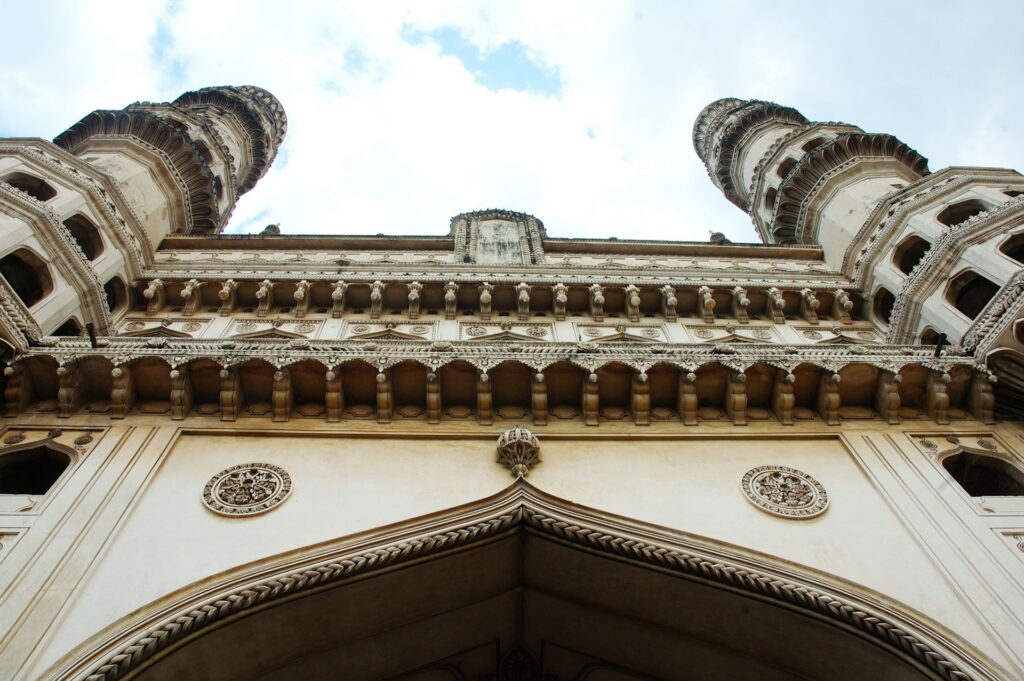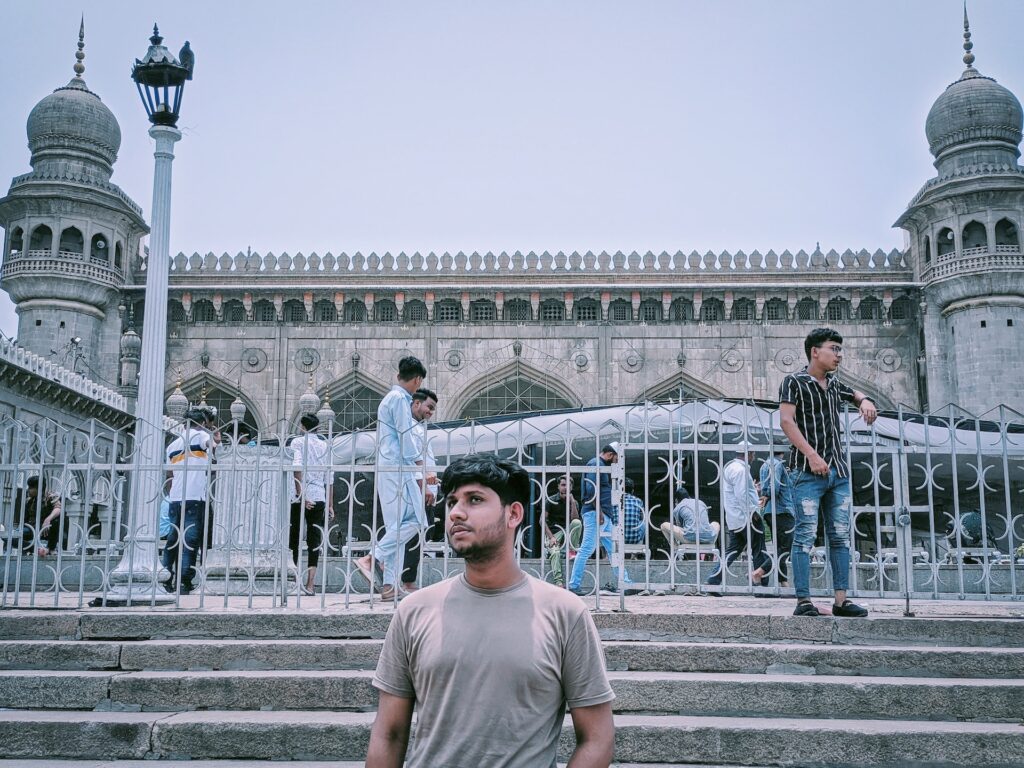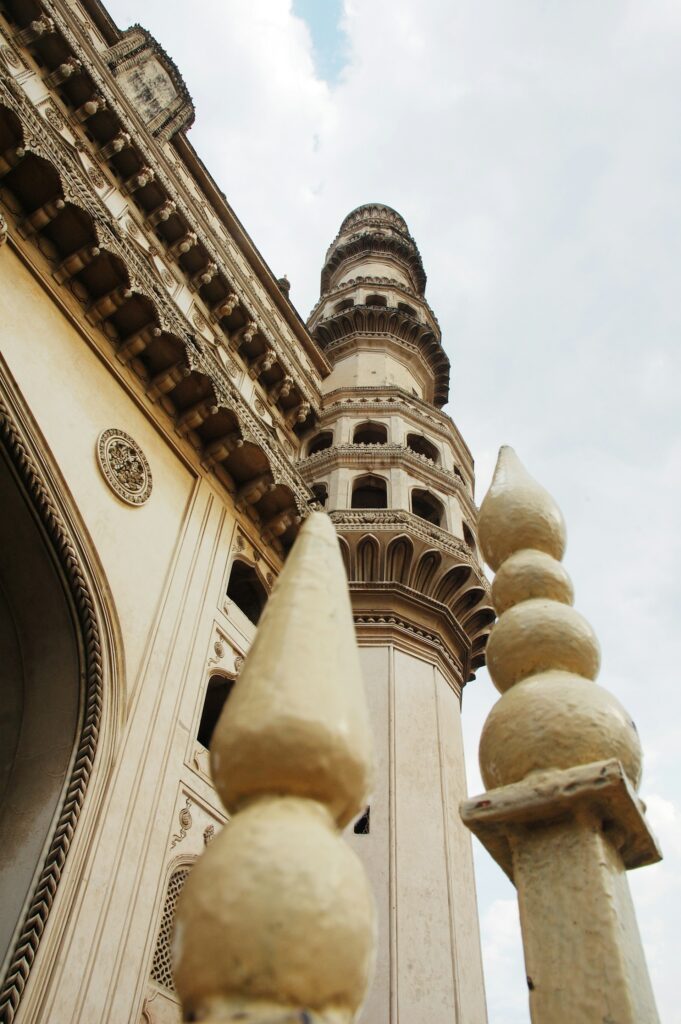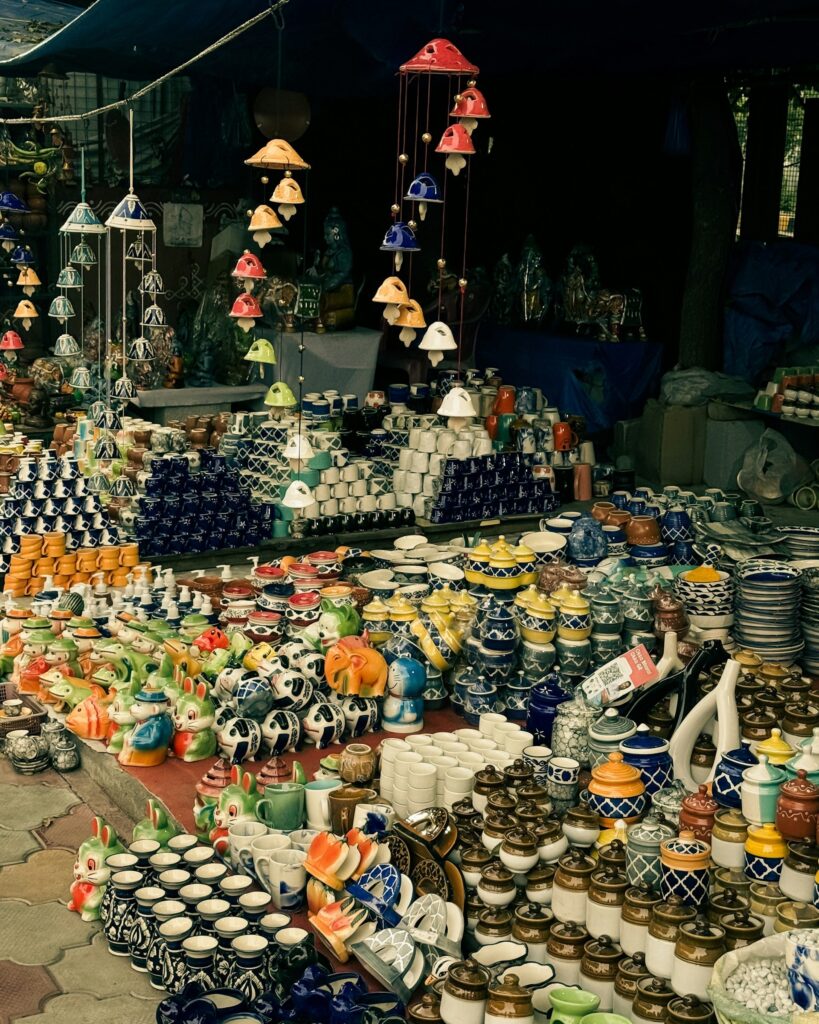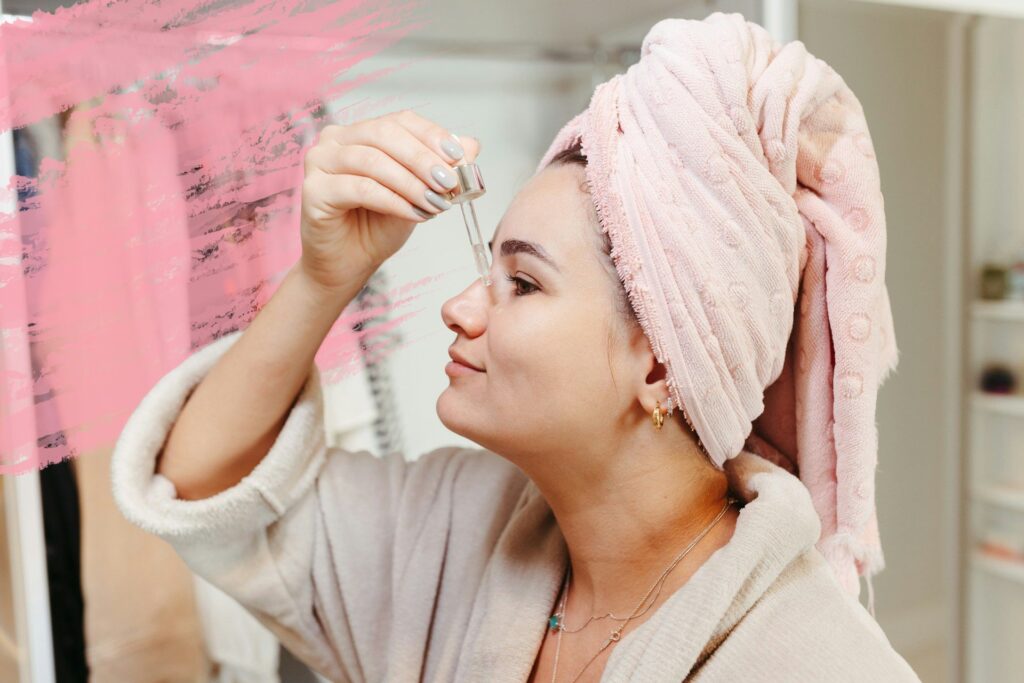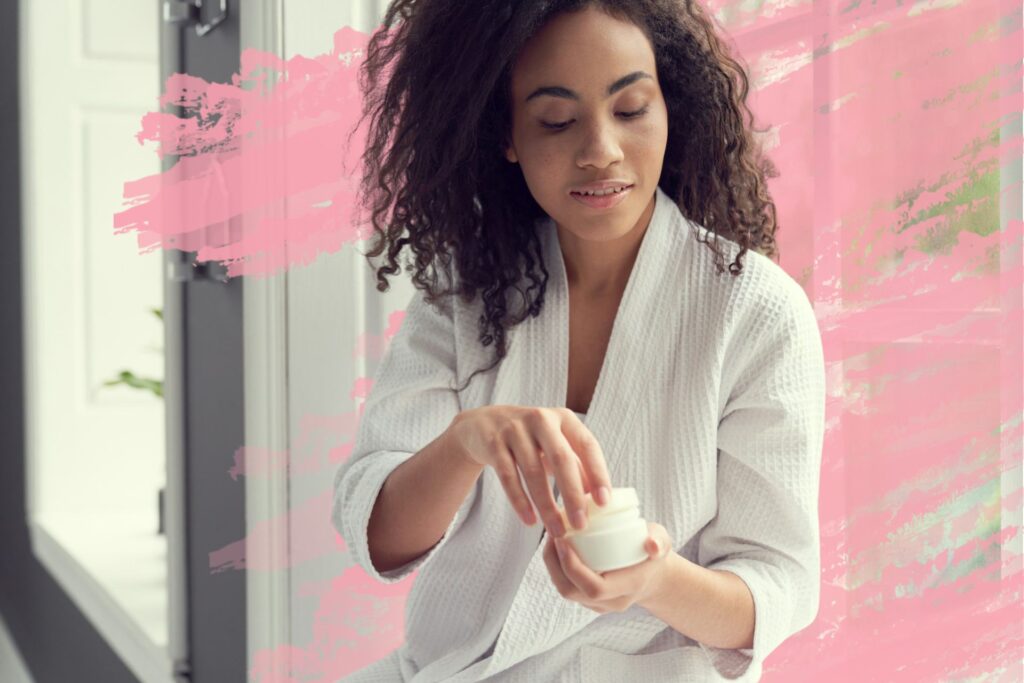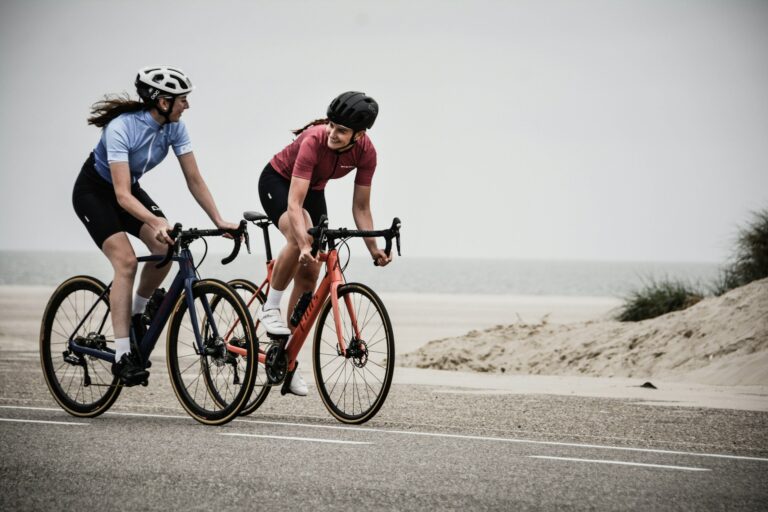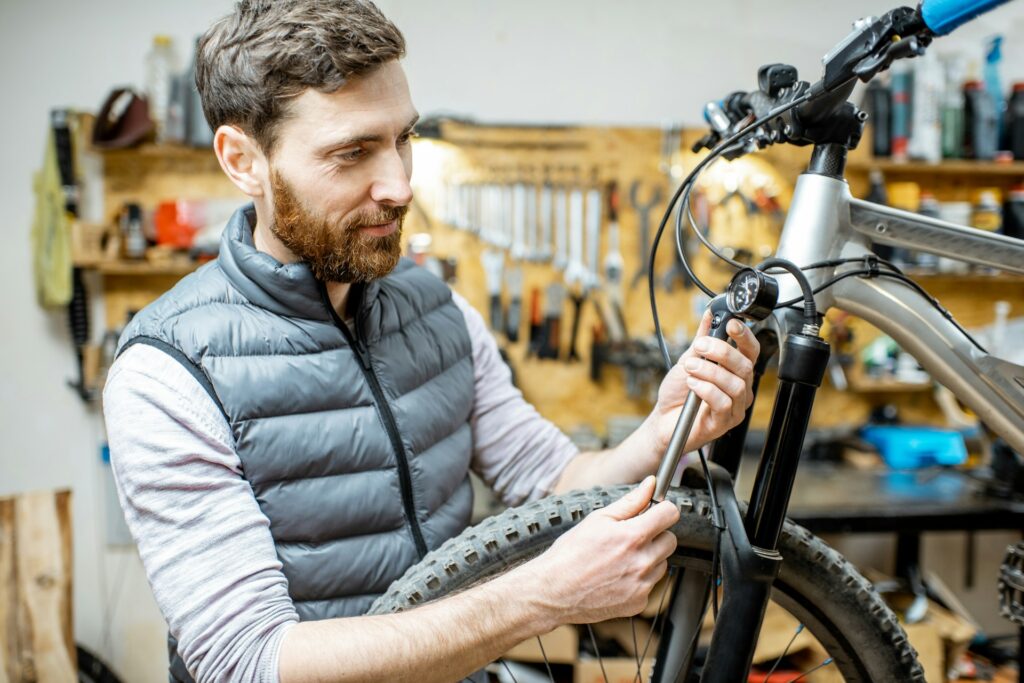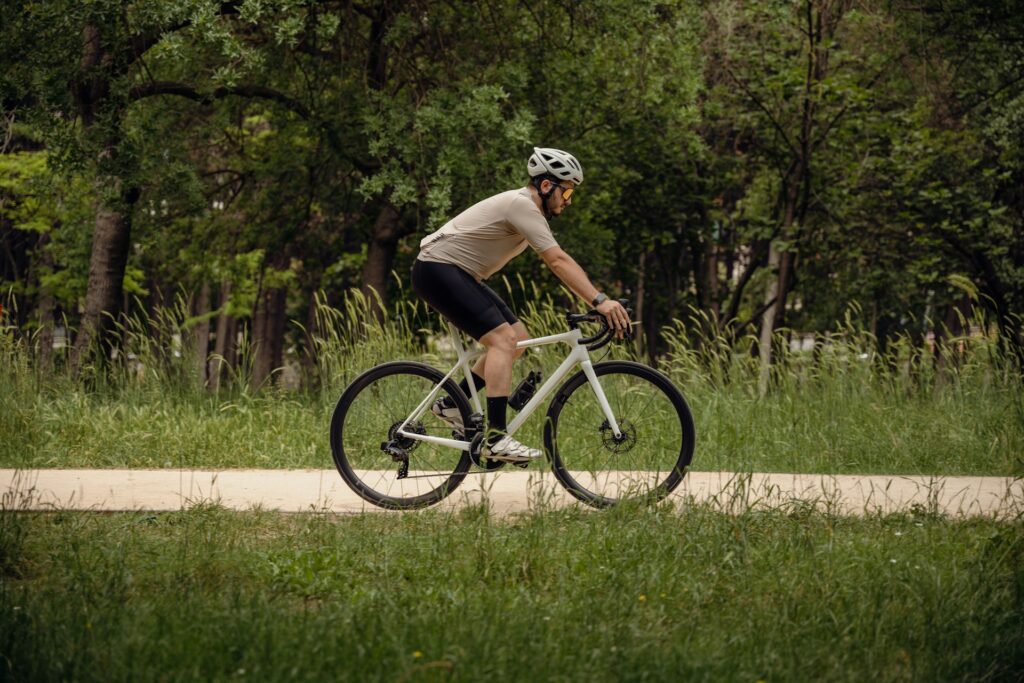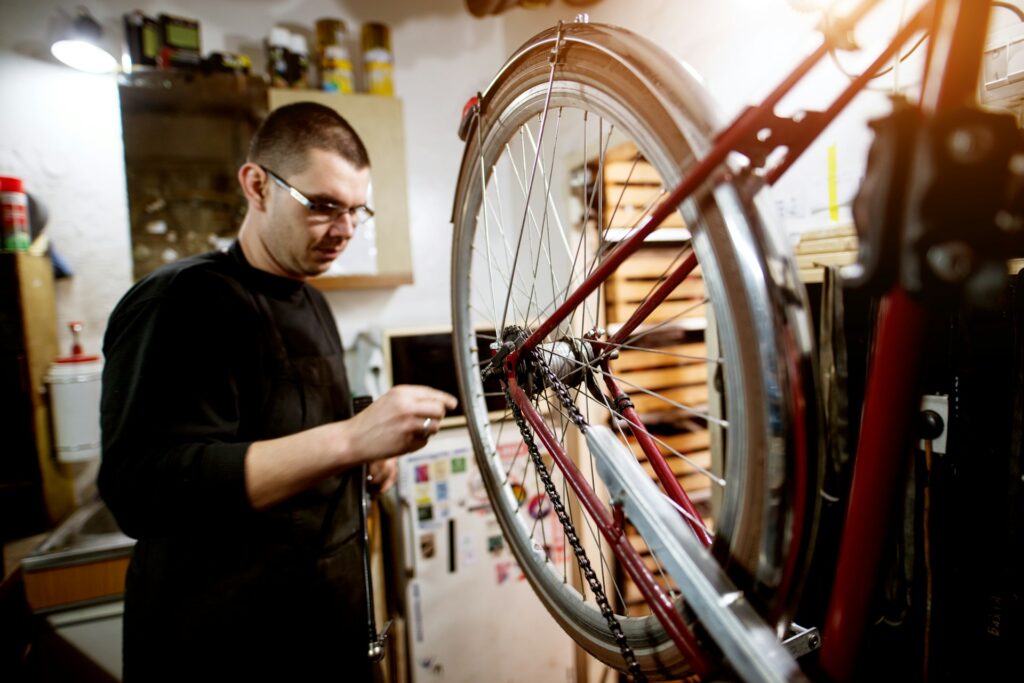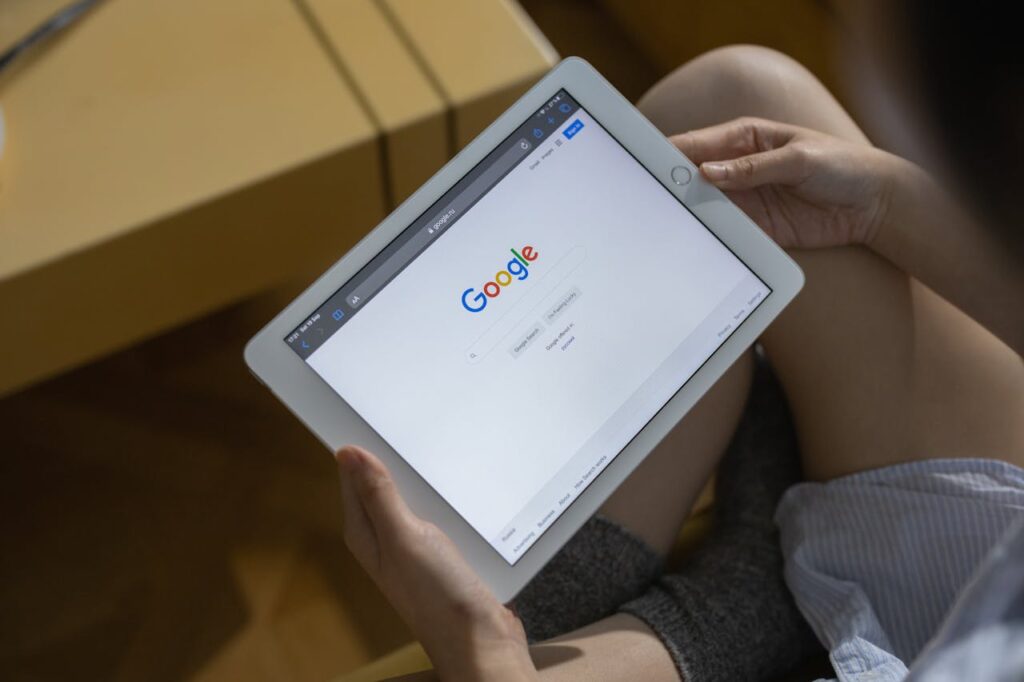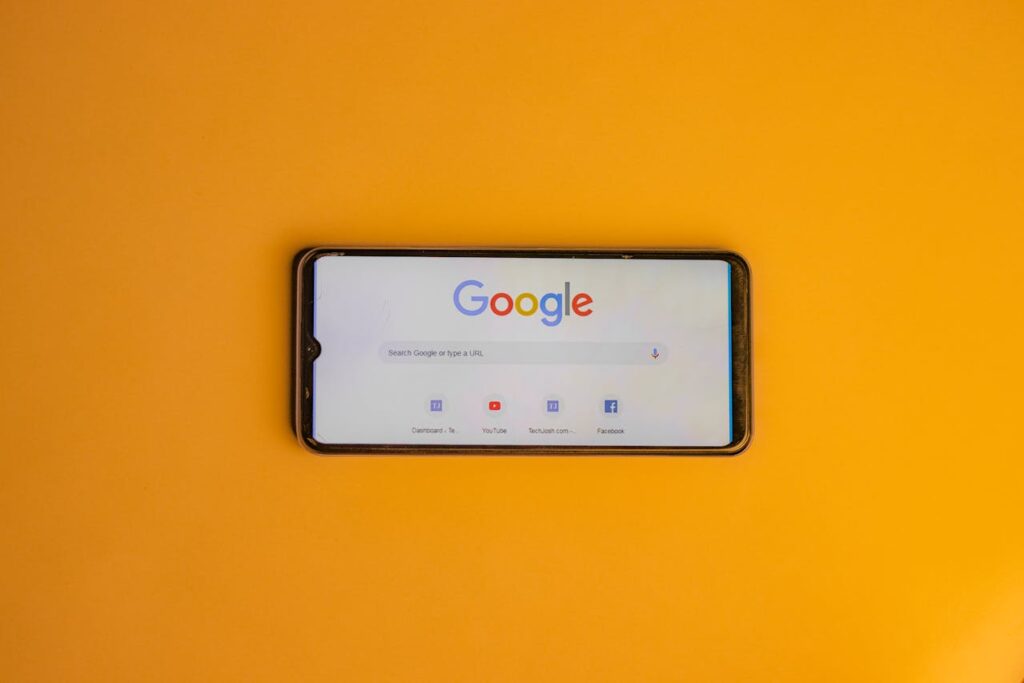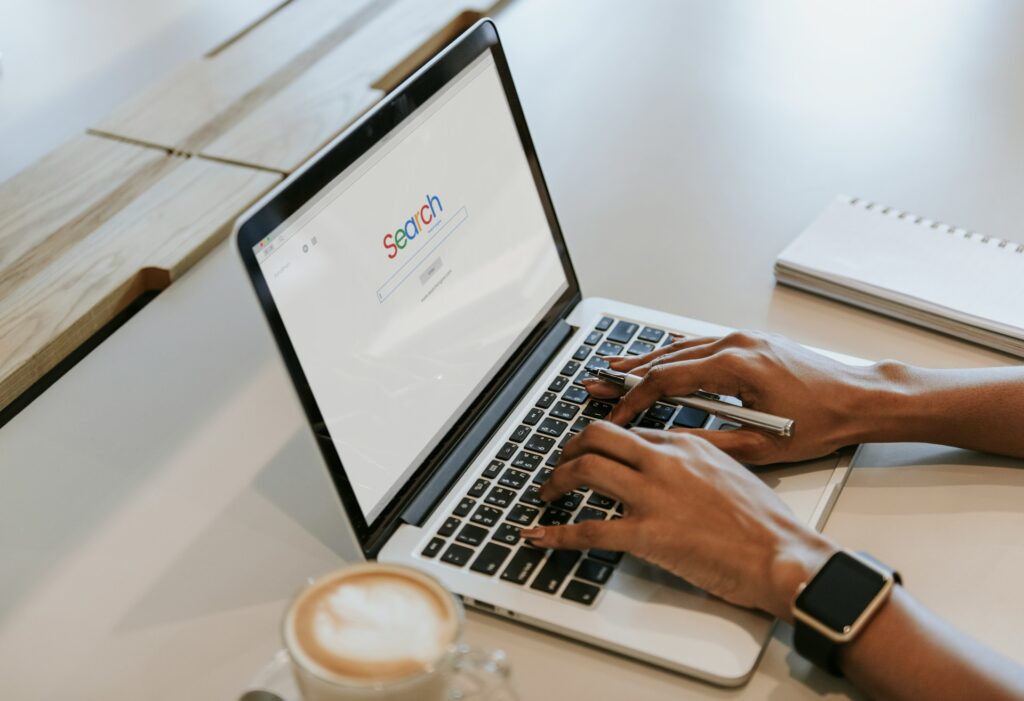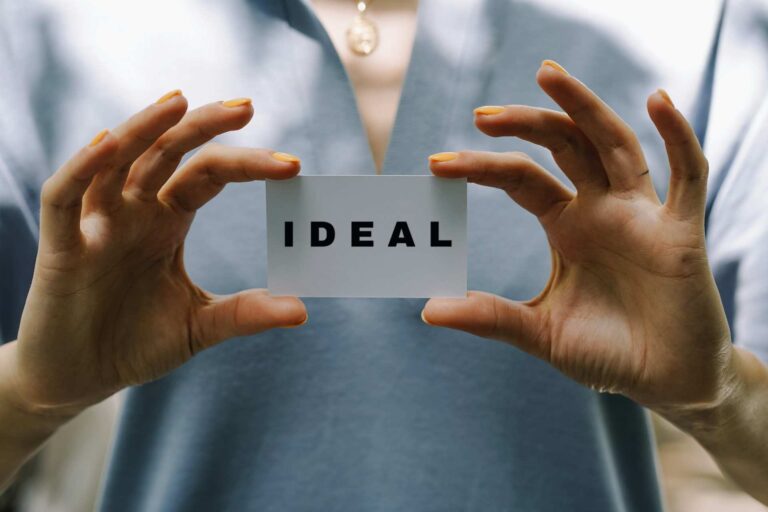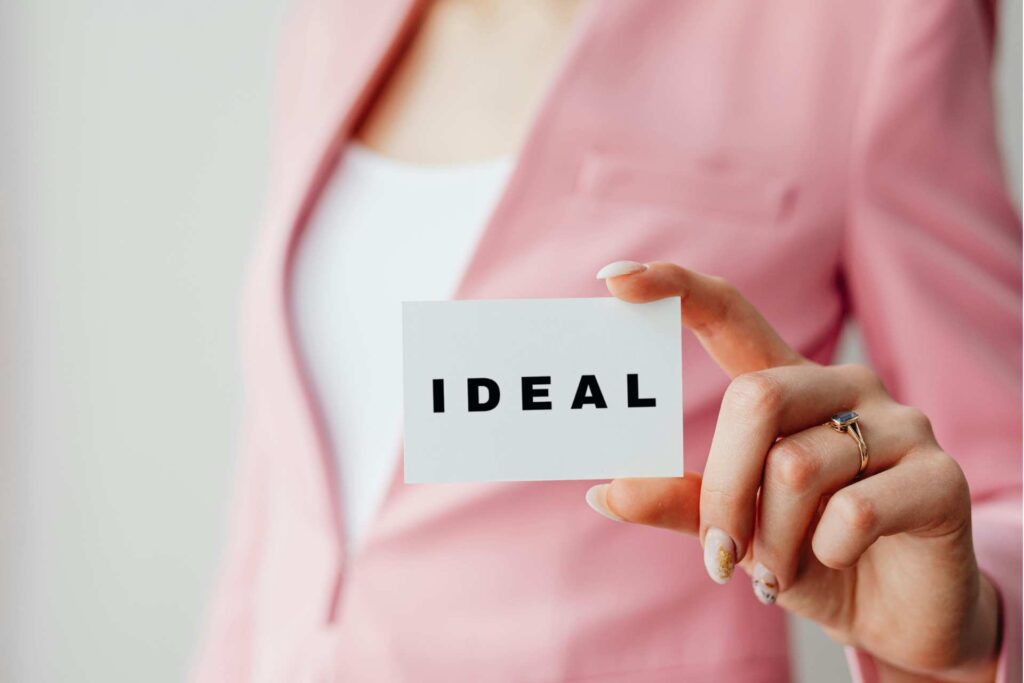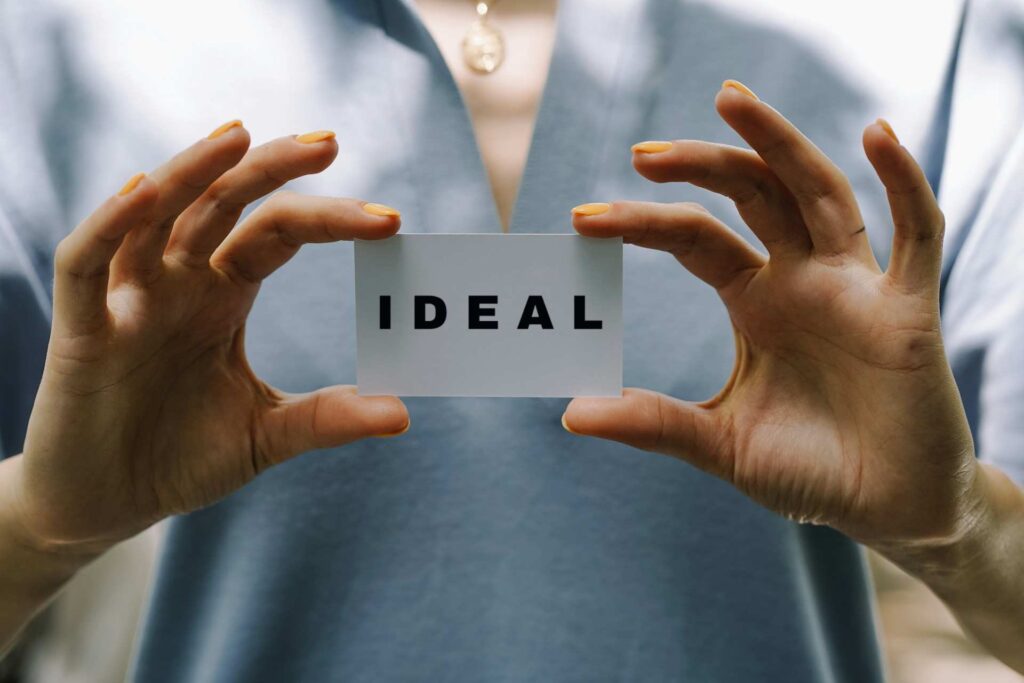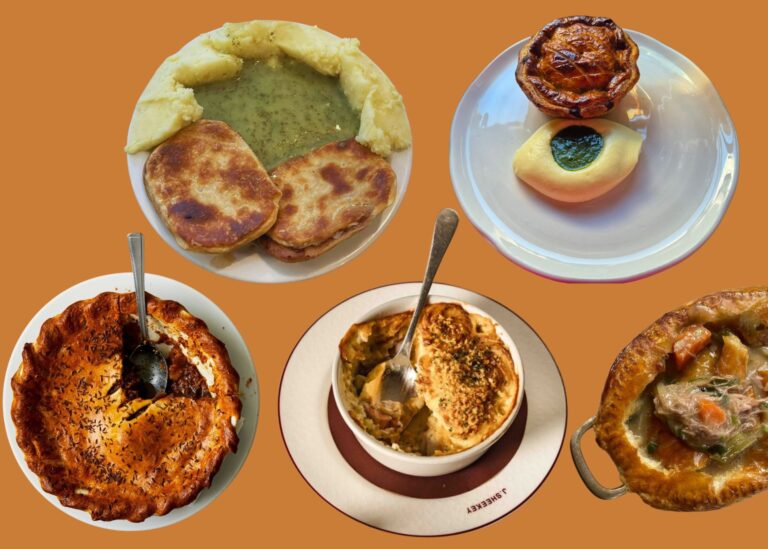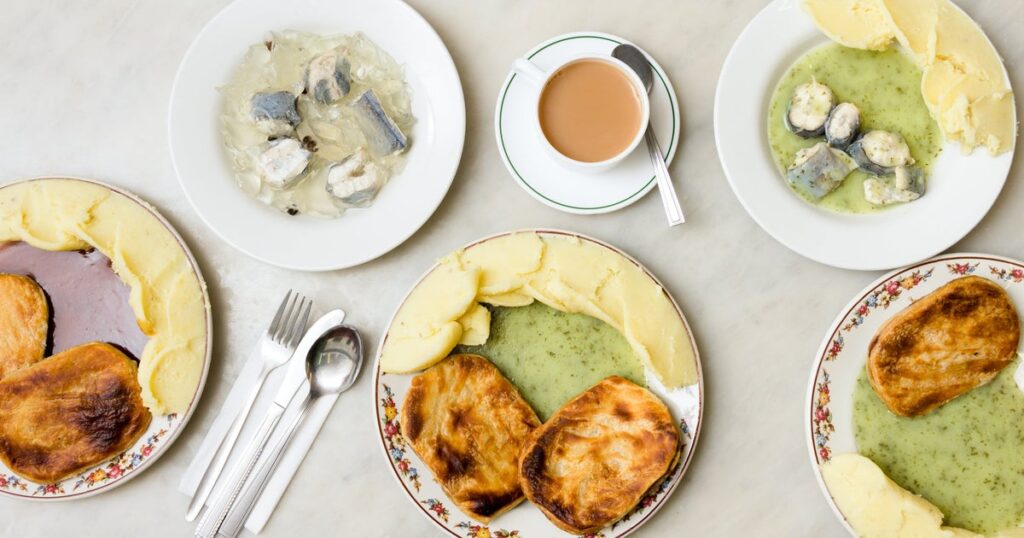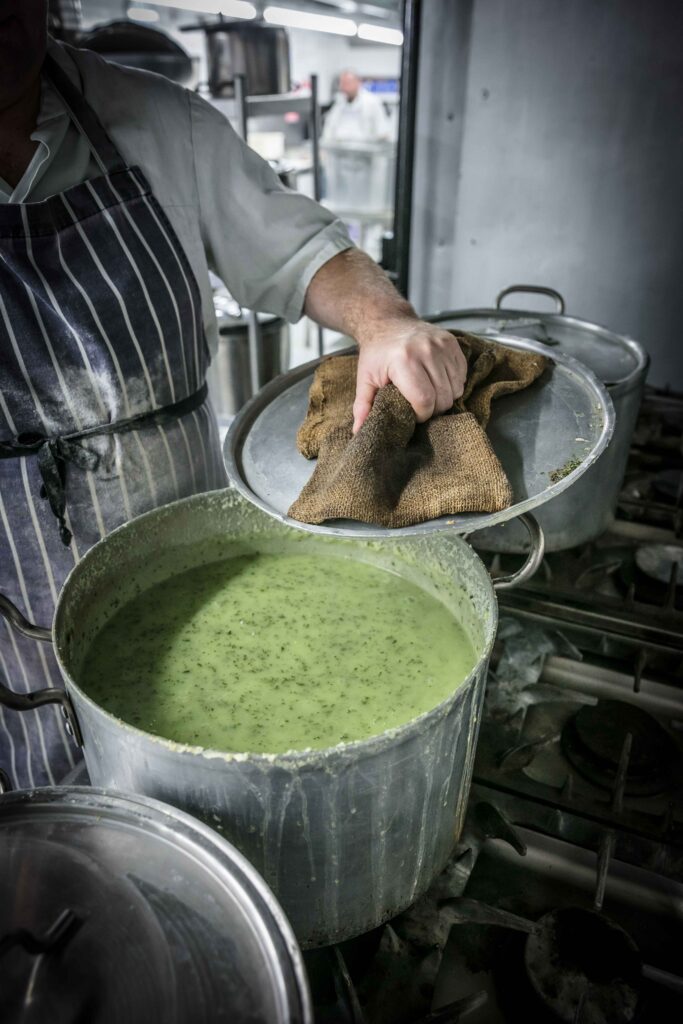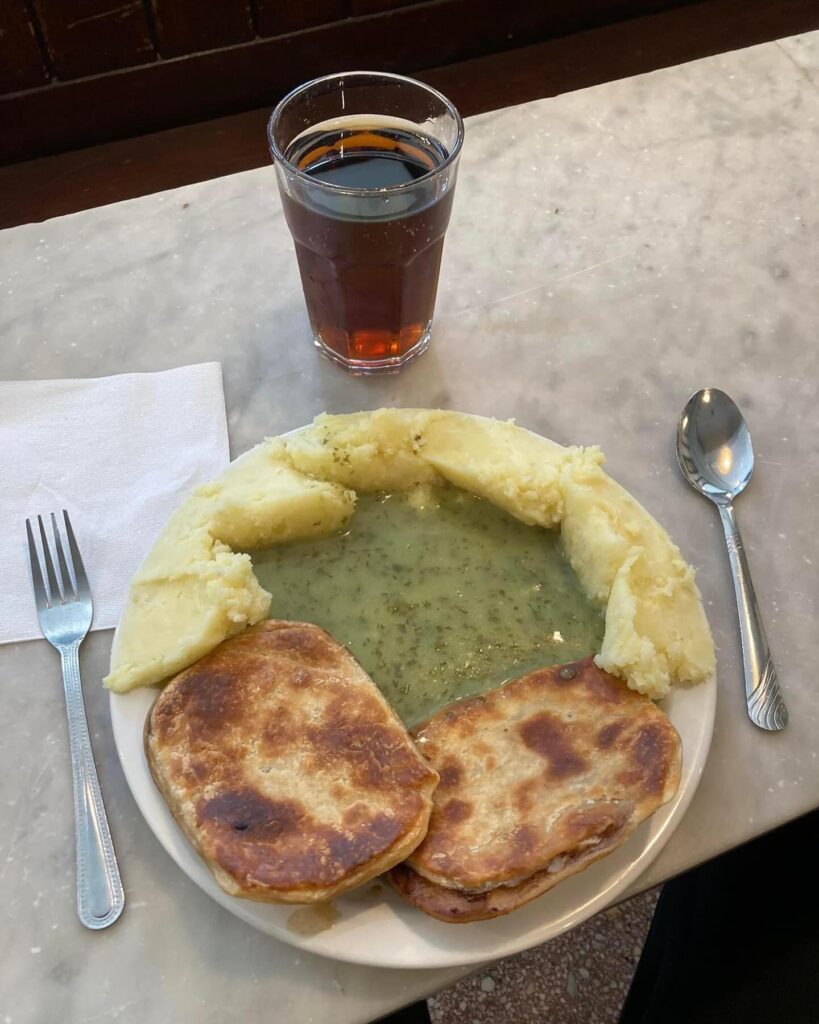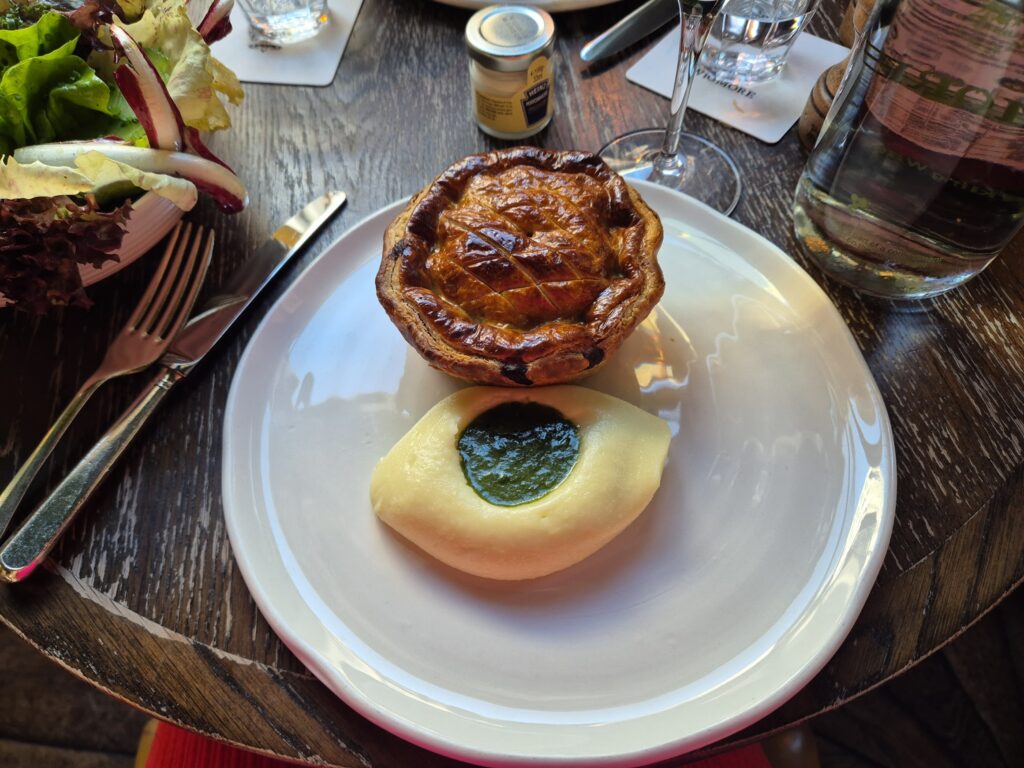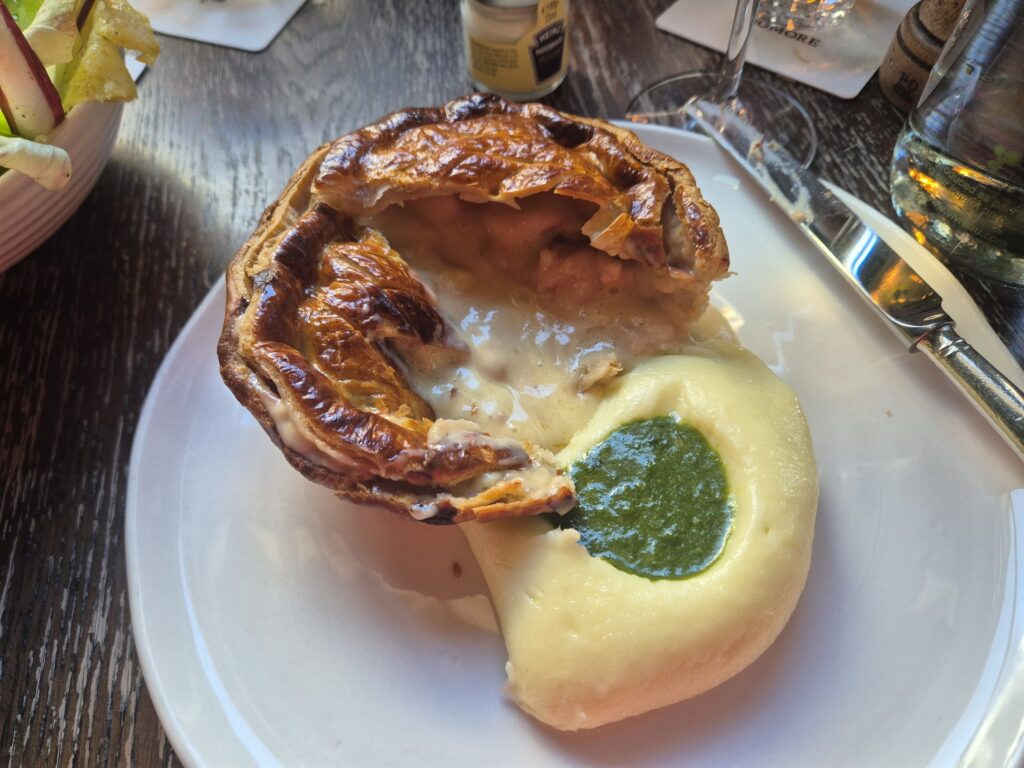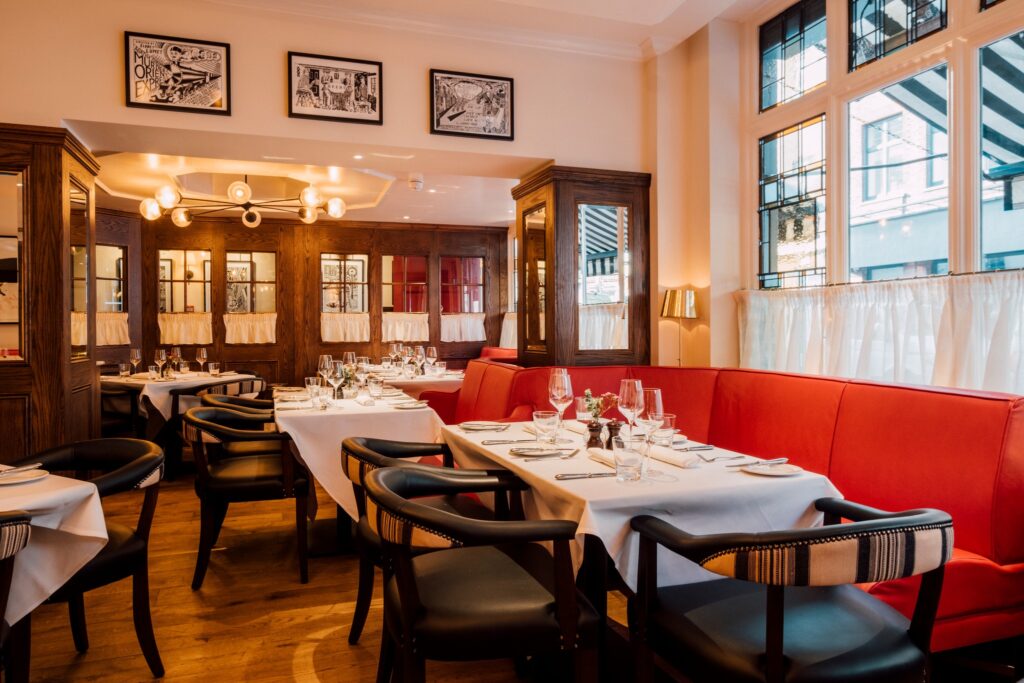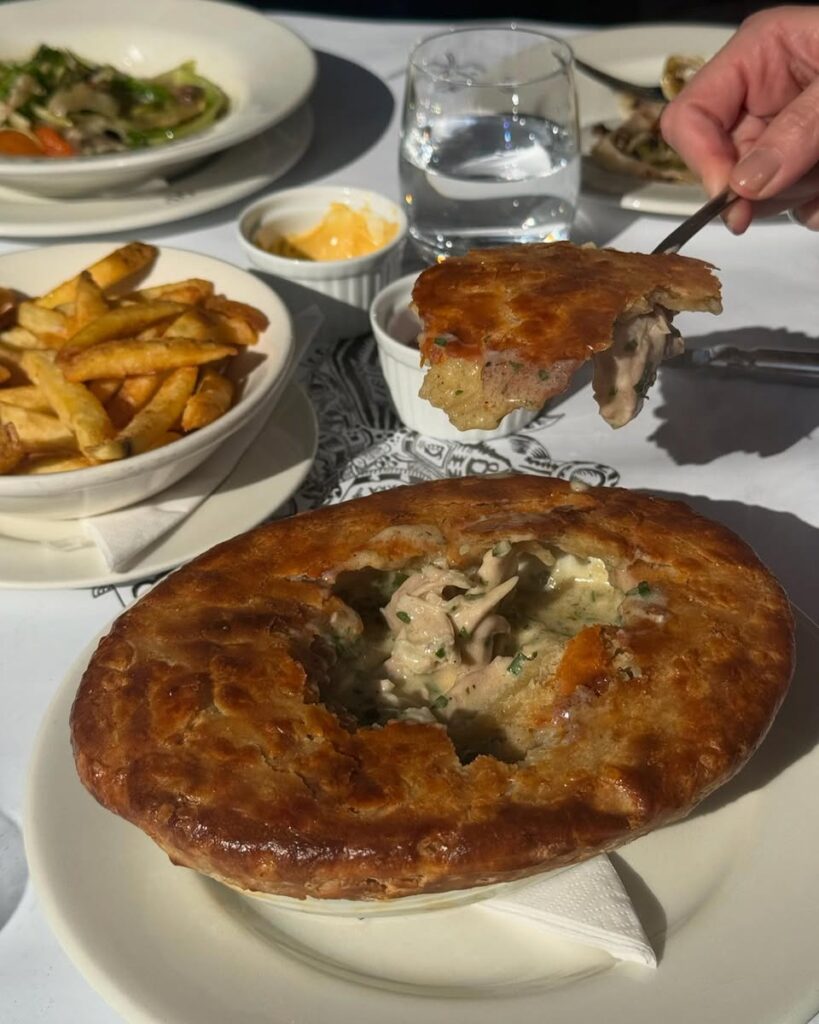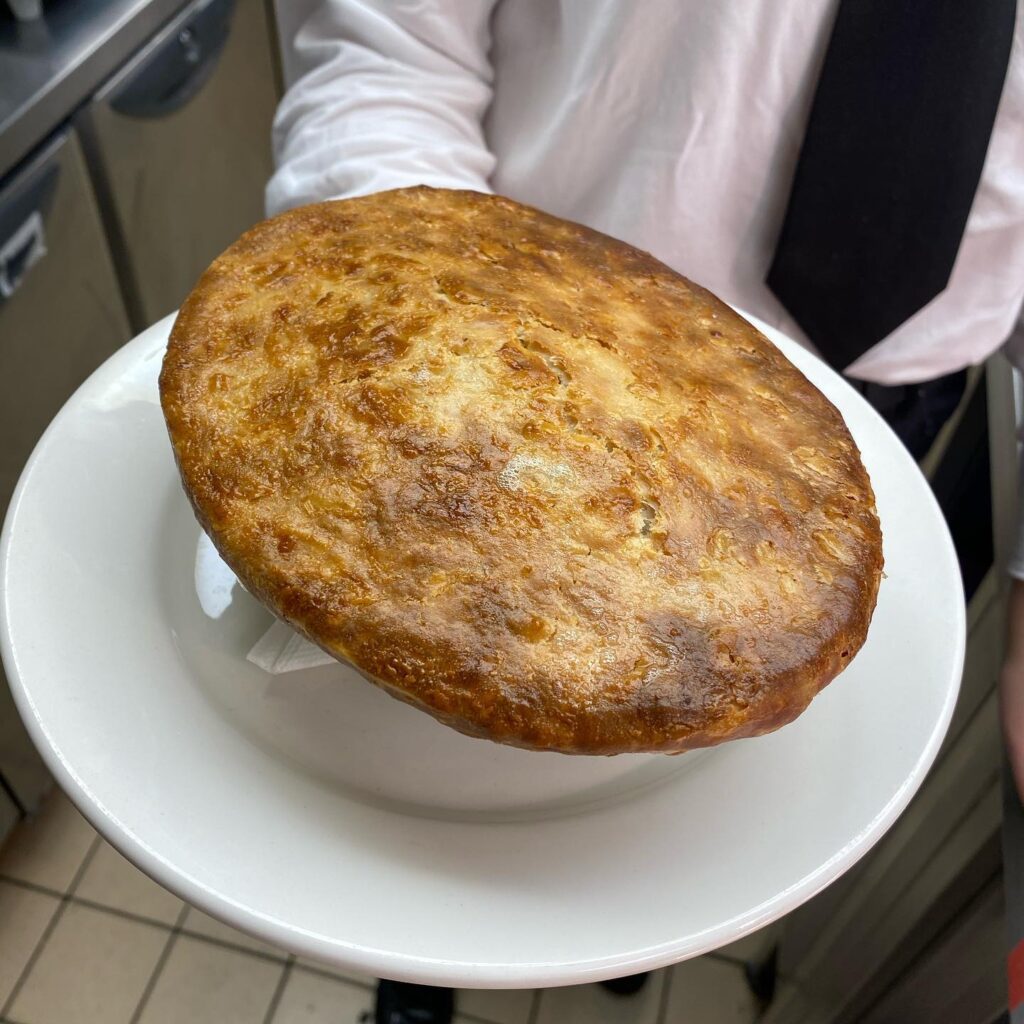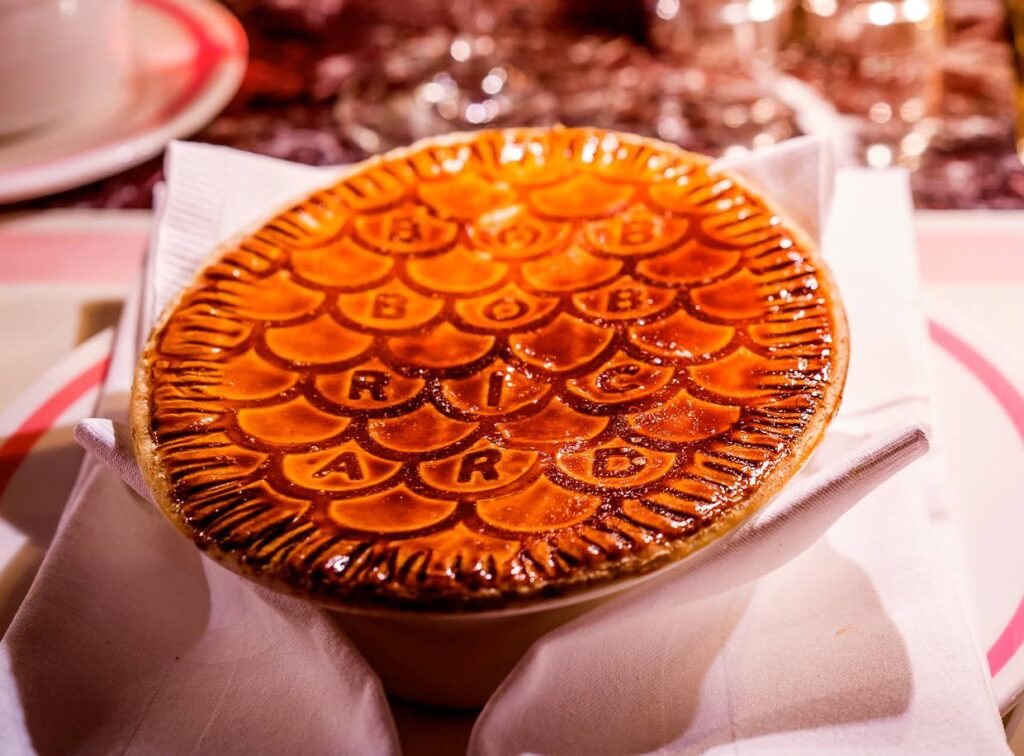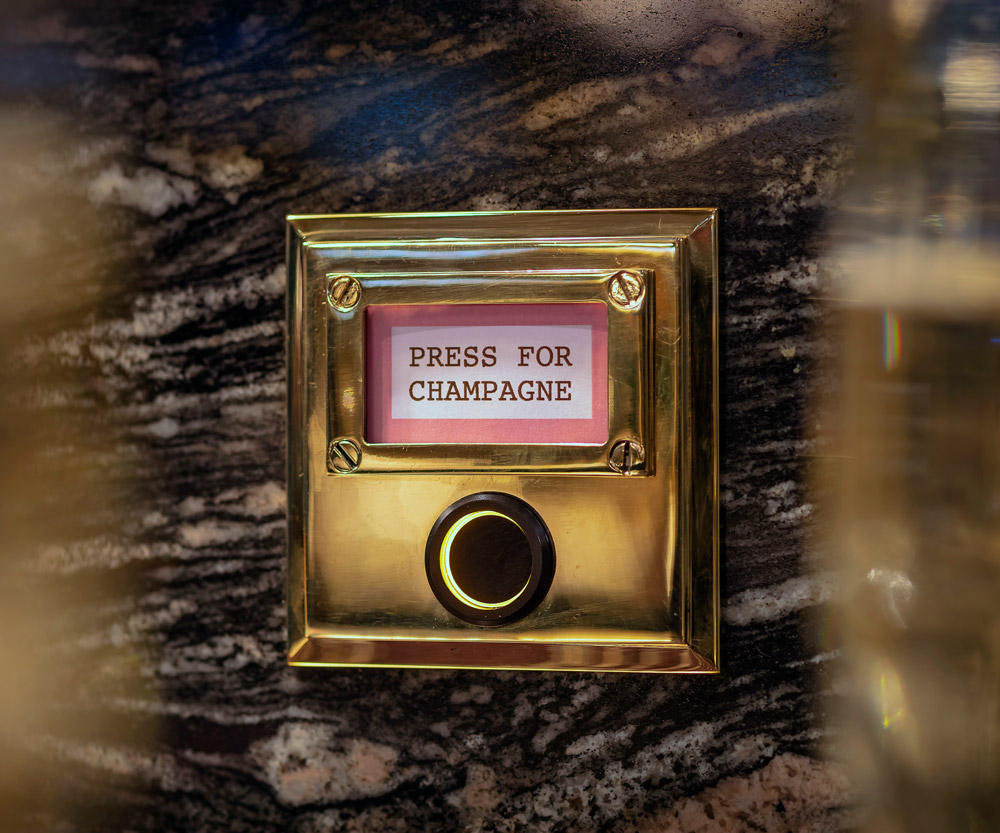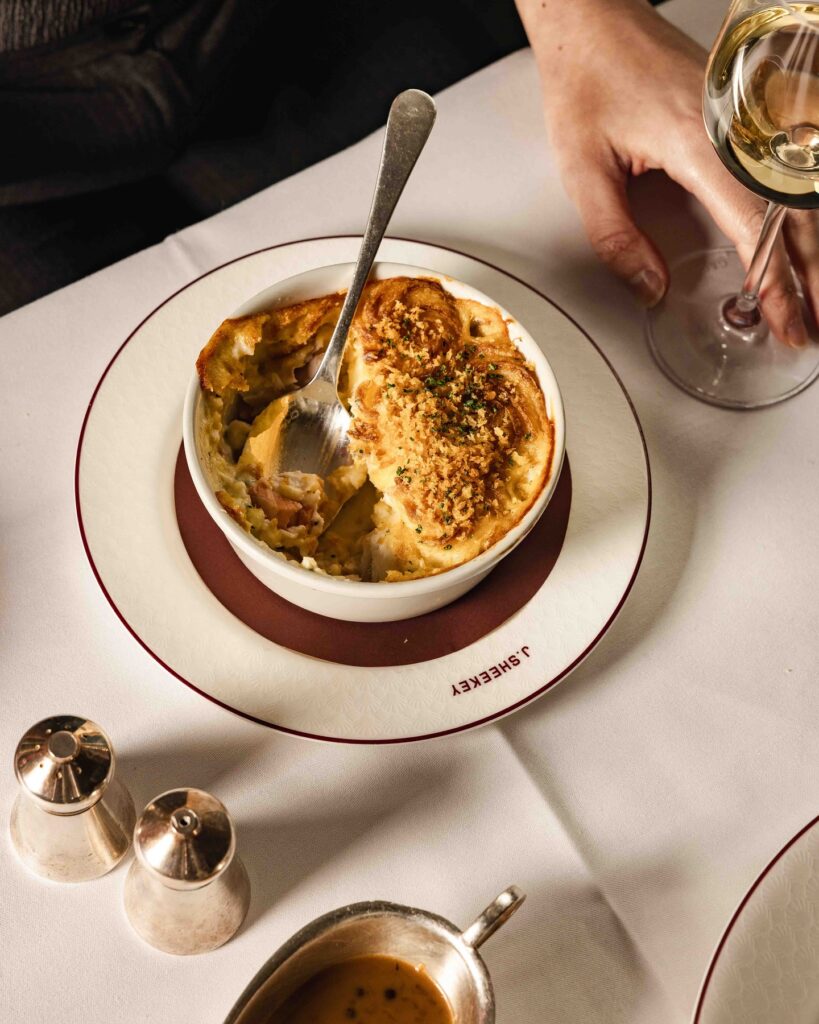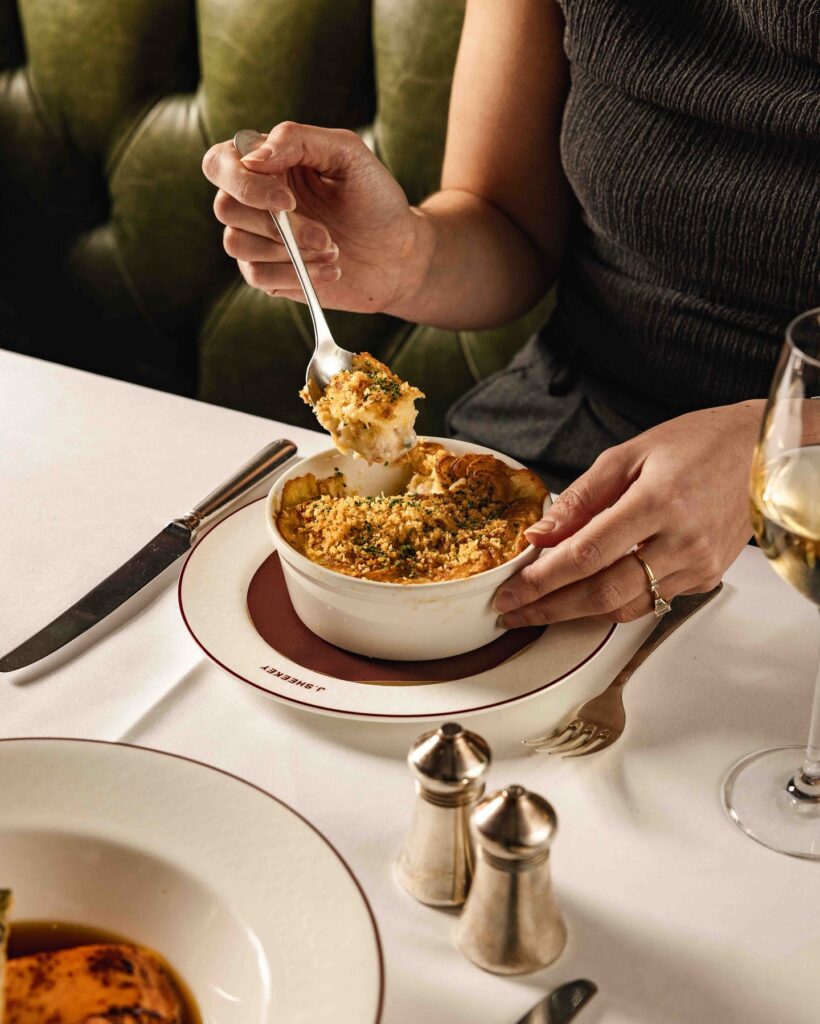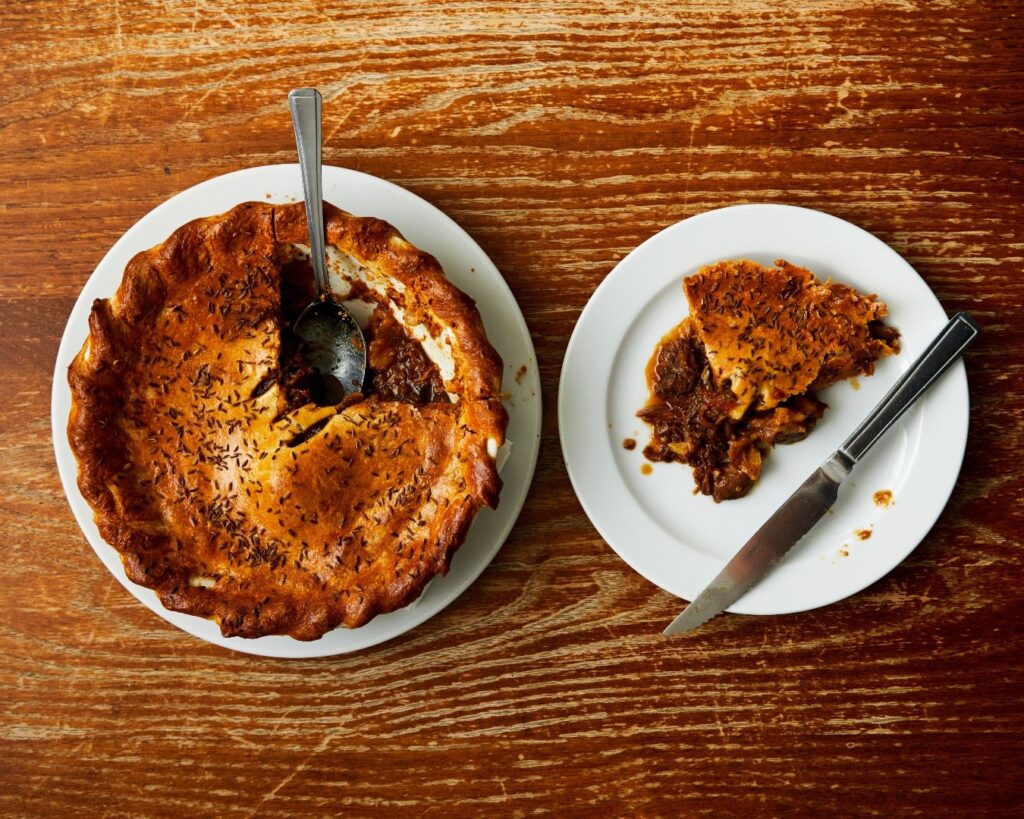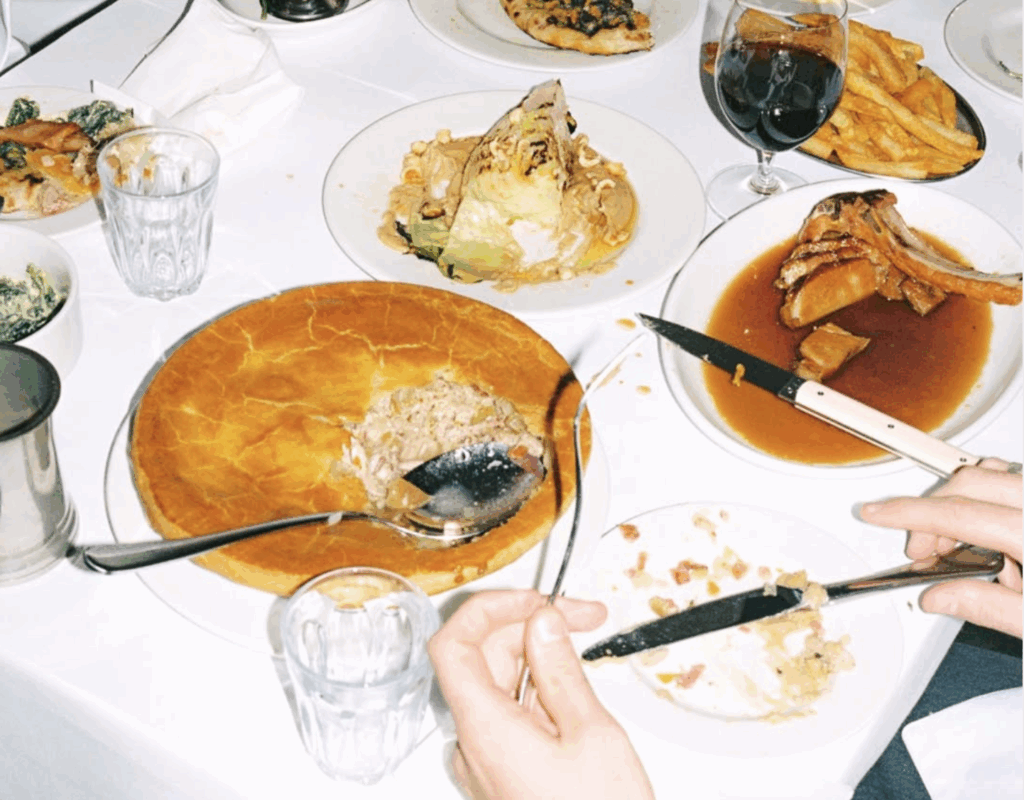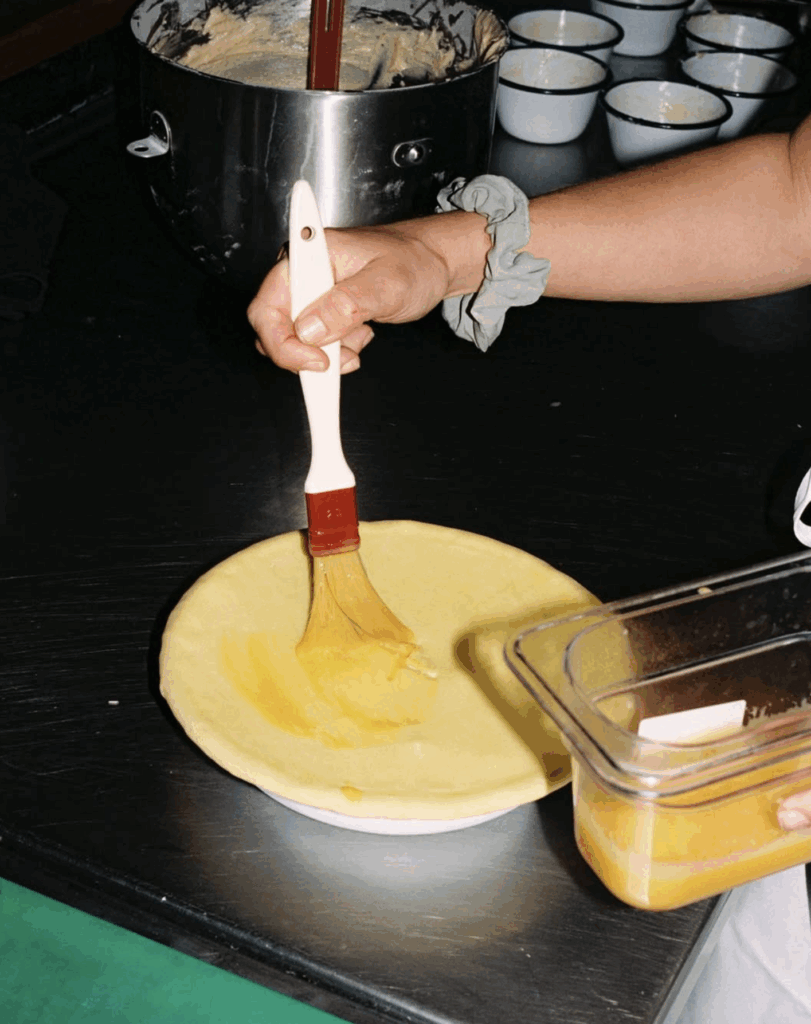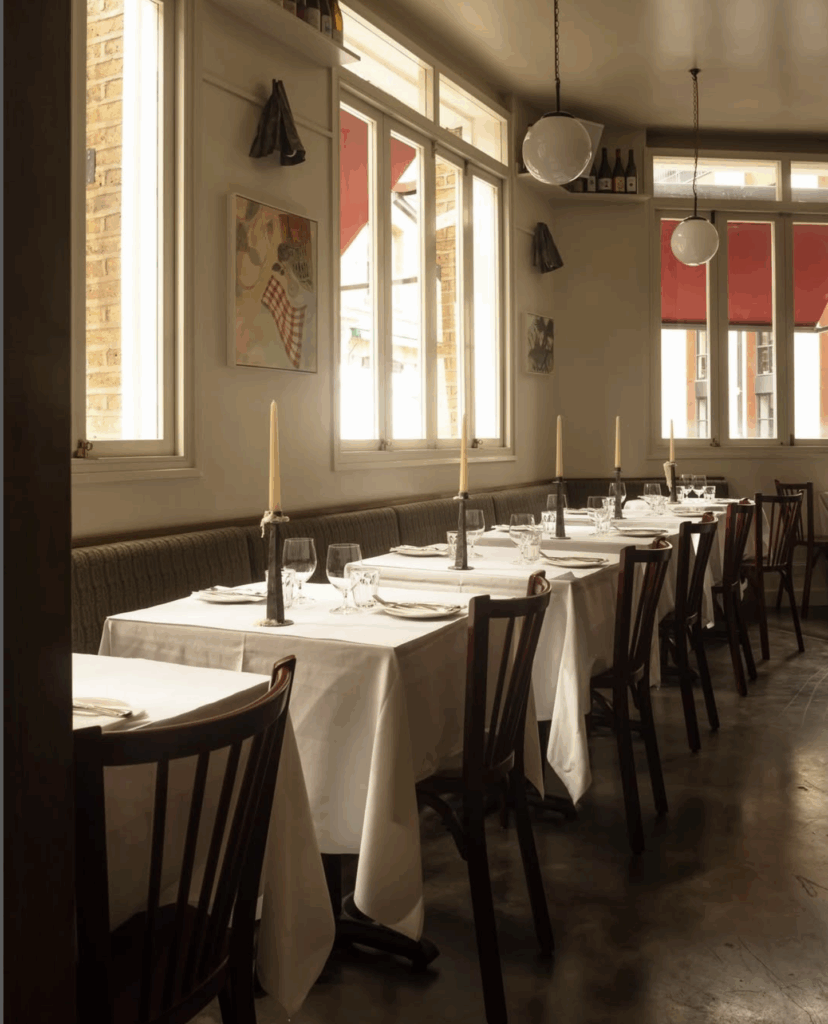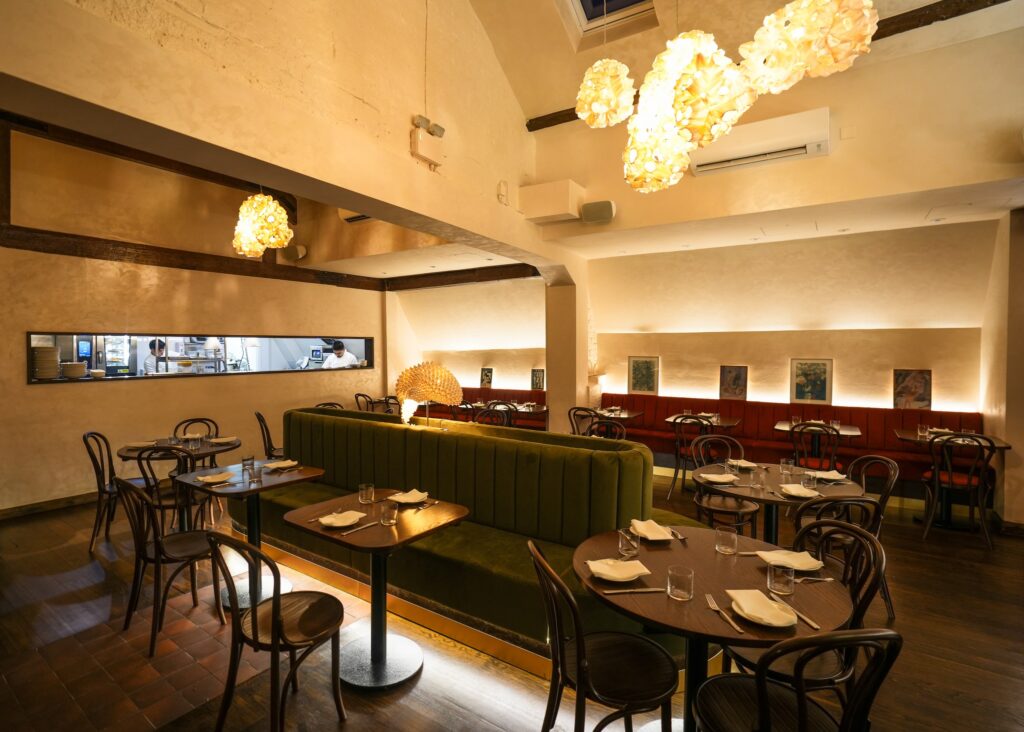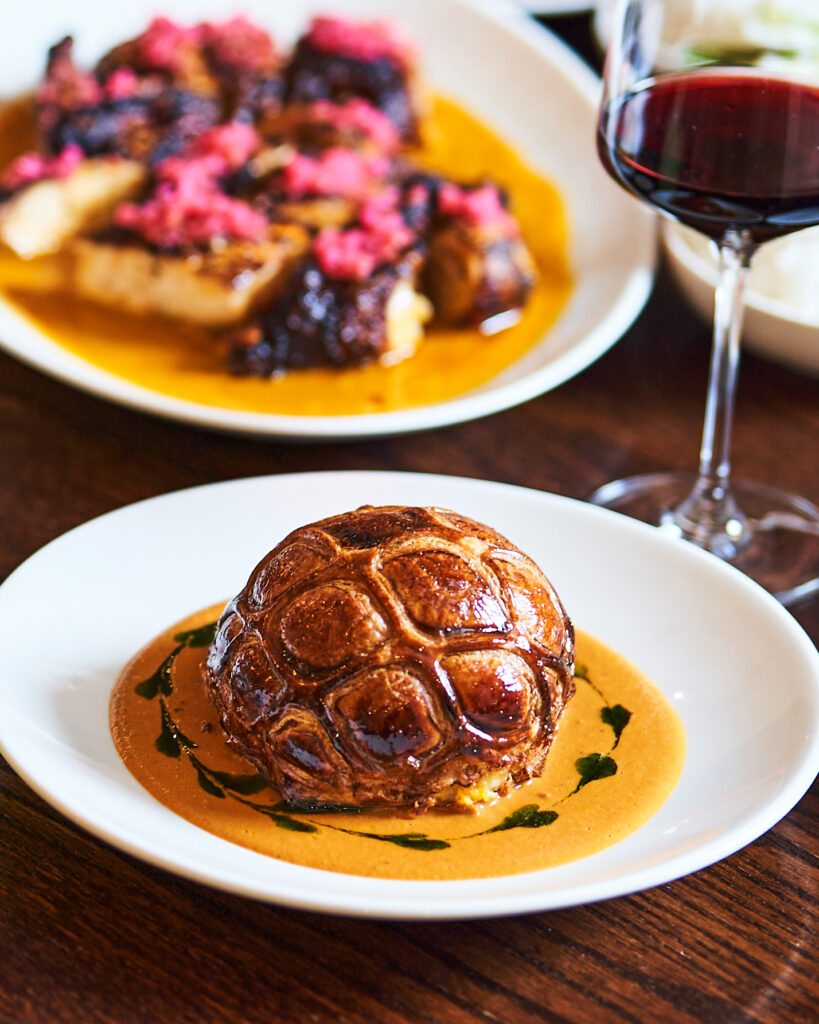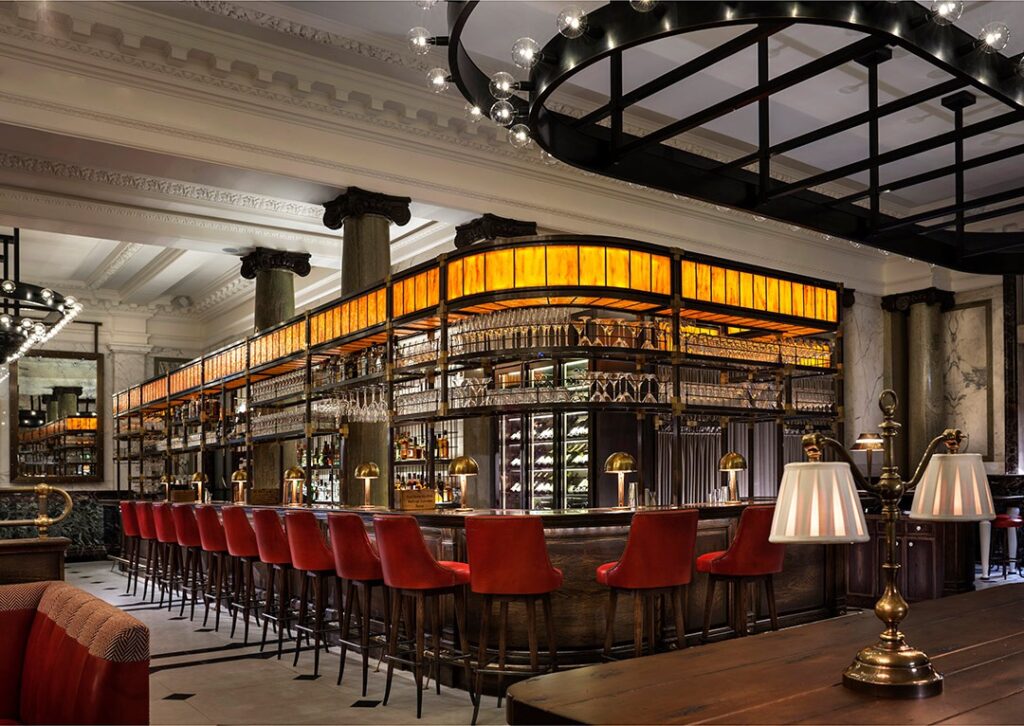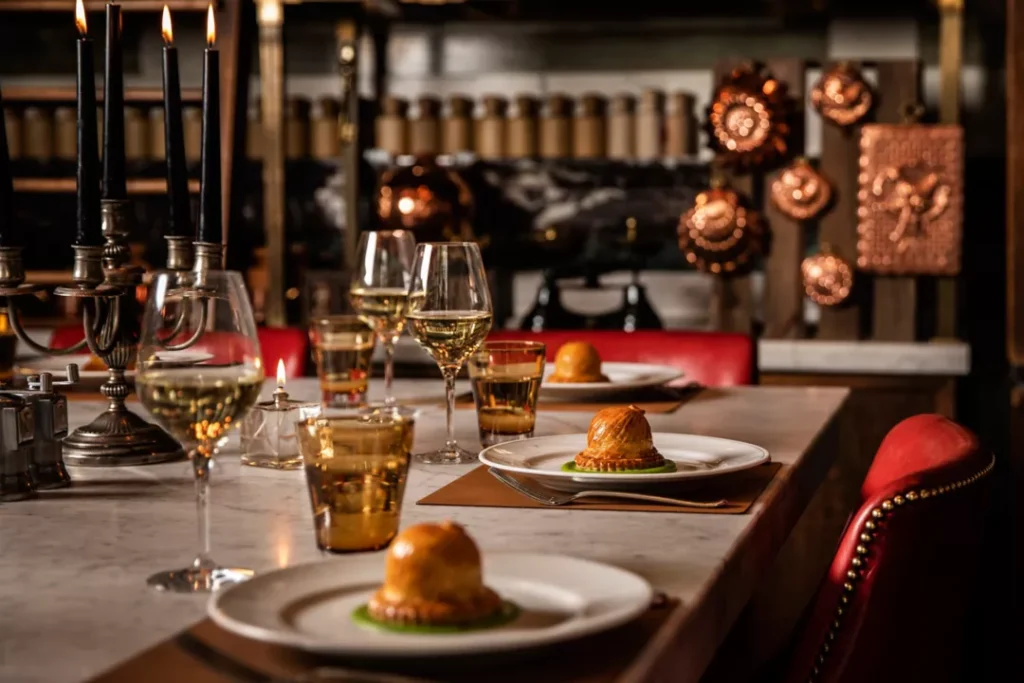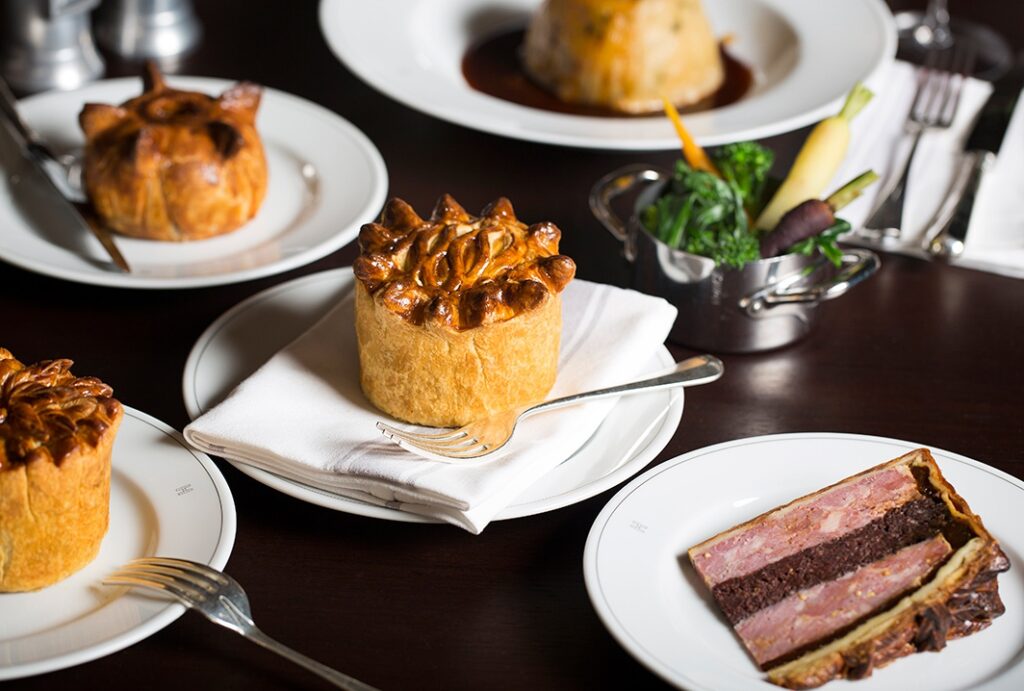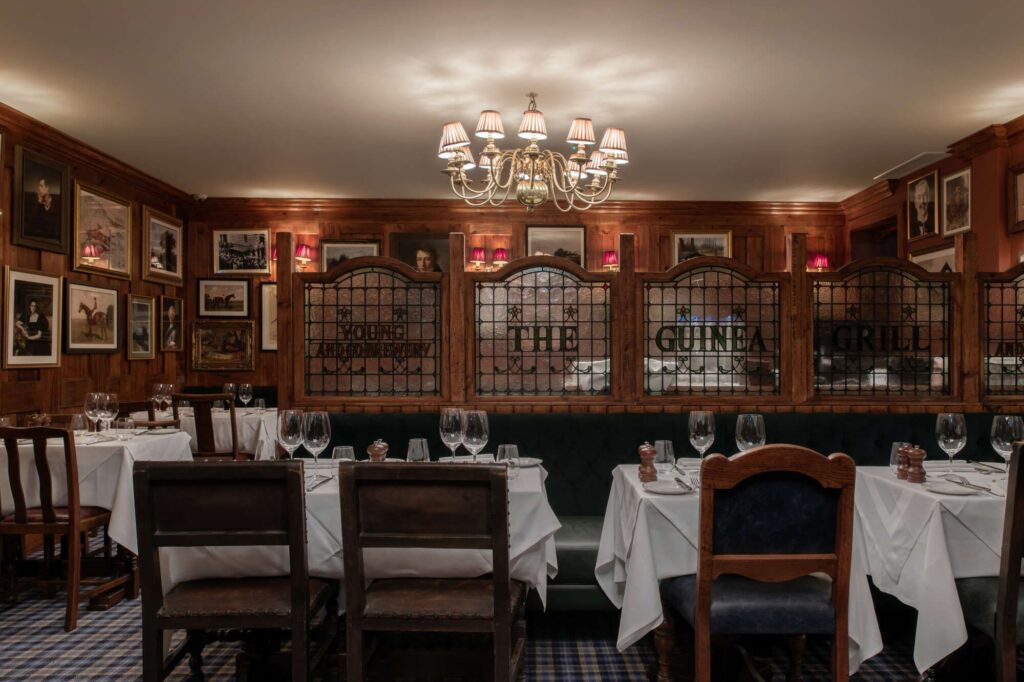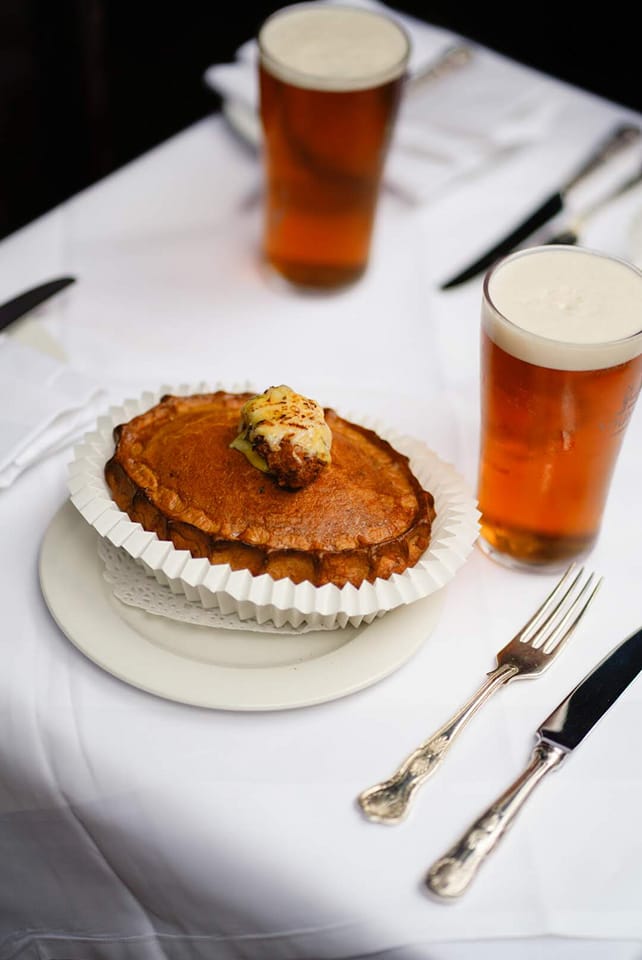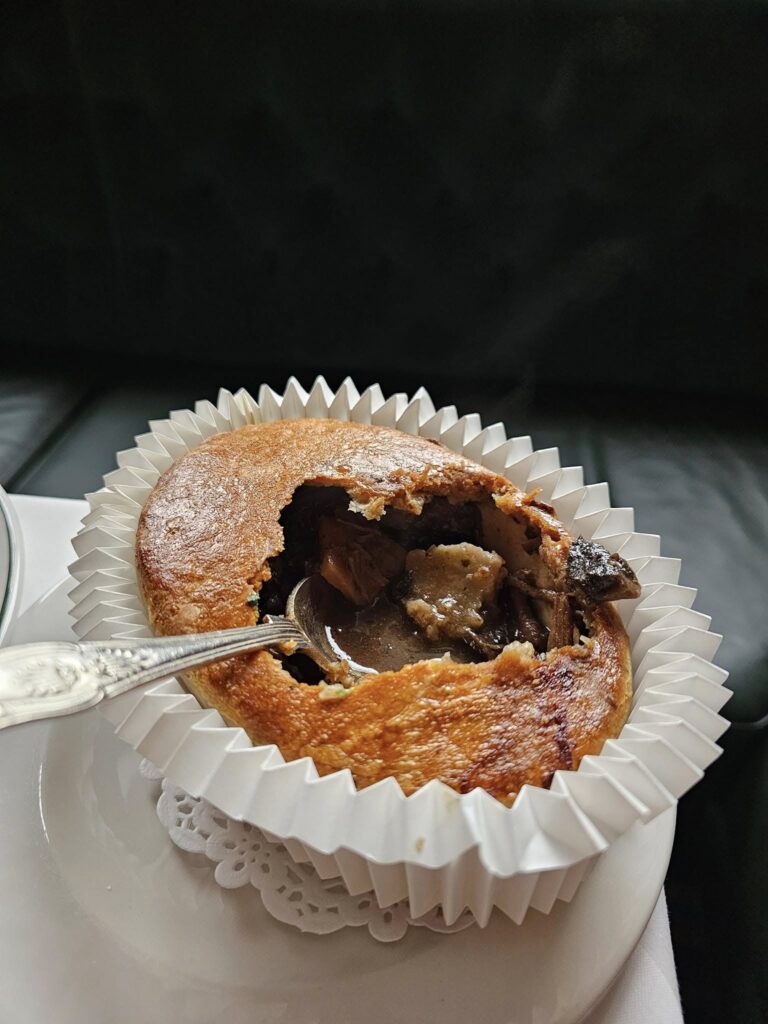Some Londoners are guilty of thinking of Walthamstow purely as that place at the end of the Victoria Line, the one with the marauding market or where you go to see bands at The Bell. They’re missing the point. Around the historic village green near St Mary’s Church, an impressive dining scene has been bubbling under these last few years, one that locals guard jealously and food writers are only just beginning to cover with the requisite diligence.
The Victorian terraces that web out from the ancient village green hide award-winning restaurants that have made national food guides, family-run establishments serving some of London’s most regional cuisines, and newer arrivals bringing serious cooking to an area that still remembers when its only dining option was the local pub. It’s this mix of old and new, community spirit and culinary ambition, that makes Walthamstow Village worth the journey to Zone 3 for your tea.
We’ve spent the last few months eating our way around the area (someone had to) to bring you this selection of the best restaurants within walking distance of Walthamstow Central and Wood Street stations. Here are the places that make Walthamstow Village a culinary destination.
Hiba Taboun, Wood Street
Ideal for freshly baked Palestinian flatbreads and mezze worth crossing zones for…
This compact Palestinian café on Wood Street has built its reputation on gorgeous kamaj (soft, airy Palestinian pitas) that emerges from the ovens throughout the day, still warm enough to steam when torn open. Part of a small family restaurant group that includes Hiba Express in Holborn, the Walthamstow branch focuses on turning those daily-baked bread into sandwiches and flatbreads that have locals returning multiple times a week, as well as regulars drawn from further afield by the come-hither wafts of the bread oven.
The manakeesh comes topped with za’atar and olive oil or spiced lamb mince (£7.75), the base given a sourdough treatment that adds complexity to the traditional flatbread. Their falafel sandwich layers the freshly fried chickpea fritters with roasted cauliflower, aubergine, and a sharp salad of cucumber and tomato bound with tahini and lemon. It’s superb; so invigorating and, giving you change from a ten spot, an absolute steal. For bigger groups or, indeed, appetites, the day’s platter brings together four different mezze alongside falafel and grilled meats – enough variety to work through slowly over conversation.
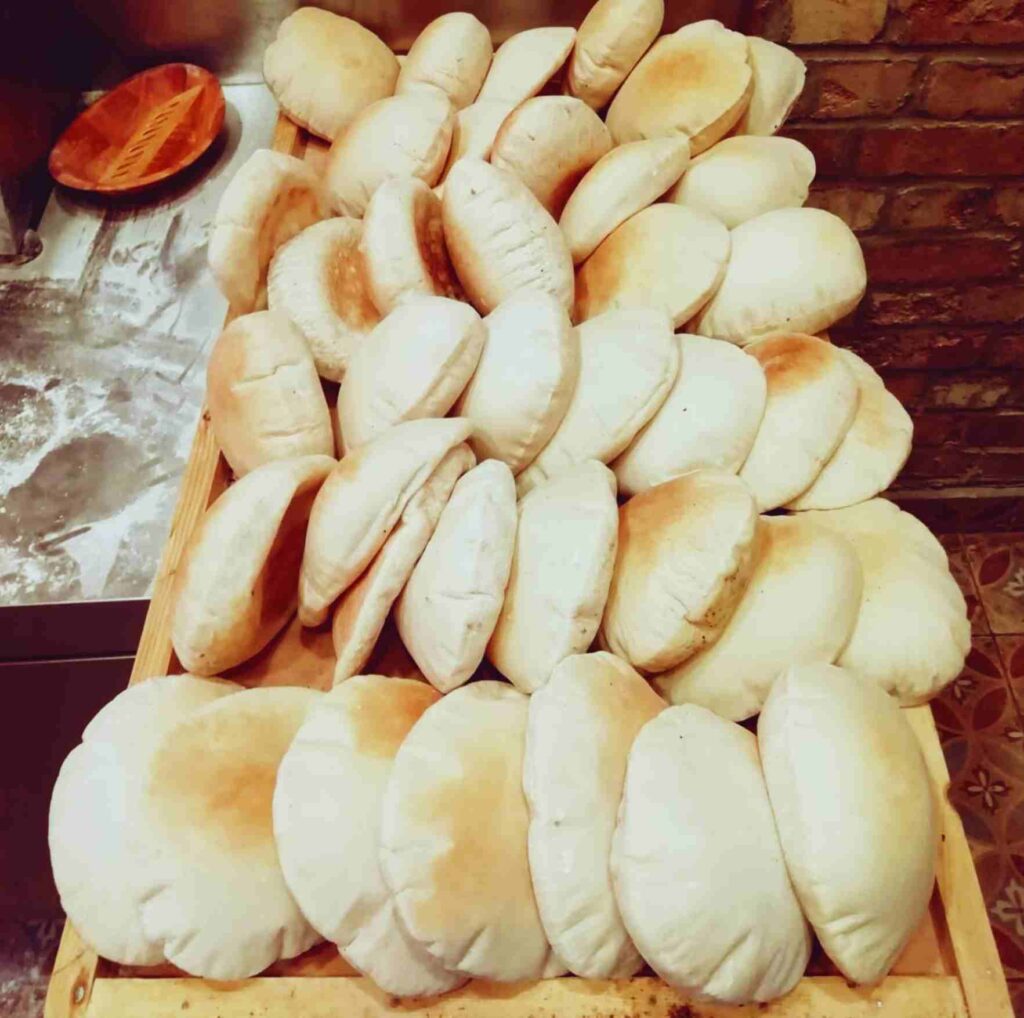
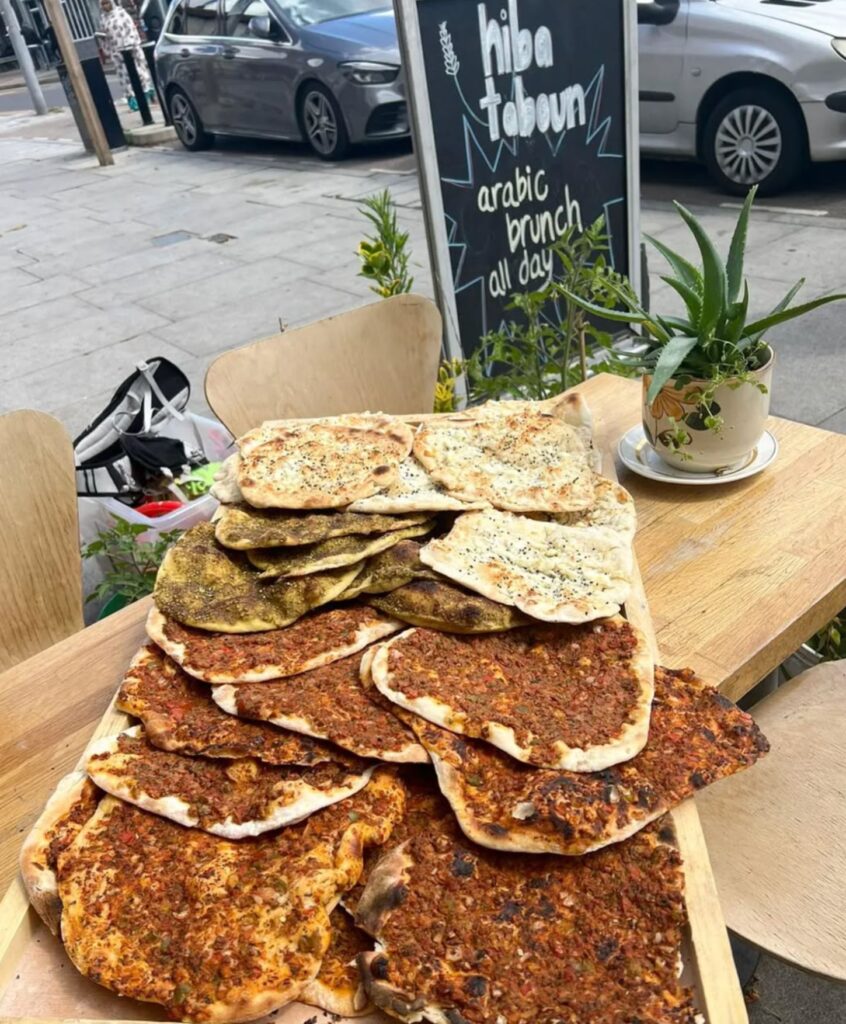
Palestinian coffee arrives with gentle warnings from staff about its intensity – the small cup carries cardamom, cinnamon and other spices, served without sugar in the traditional style. Not everyone’s cup of tea (or coffee), perhaps, but it’s excellent. Alternatively, the milky, fragrant mouhallabieh pudding provides a gentler finish to the meal.
The space is divided between Hiba Taboun and Mini Hiba, both simple rooms where the focus stays firmly on the food. Staff show obvious, merited pride in what they’re serving – the kind of place where servers check in through the window to ensure you’re enjoying your meal, which inevitably you are.
At £35 for the full Palestinian brunch of a dozen plates and breads to match, or under £8 for a substantial sandwich, it’s priced for regular visits rather than special occasions. For both the quality of the food and the value, we’ve become one of those regulars. Takeaway is also available.
Instagram: @hiba_taboun
Address: 2, Golden Parade, London E17 3HU
Gökyüzü, Selborne Road
Ideal for generous Turkish grills and all-day dining from breakfast through late dinner…
Inside 17&Central shopping centre on Selborne Road, Gökyüzü occupies a two-level space that buzzes with families tucking into platters of grilled meat from morning until midnight (9am to 11pm actually, but who’s counting?). Part of a burgeoning London chain with roots in Kahramanmaras, the Walthamstow branch has become something of a local institution since opening in the early 2000s, winning the best Middle Eastern restaurant at the Deliveroo Awards earlier this year.
The wood-fired oven near the entrance sets expectations immediately, producing a warm glow and warm bread that arrives at your table unbidden, alongside garlic yoghurt and ajvar. The Turkish breakfast spreads across the table in small plates – free-range eggs, feta, Turkish beef sausage, muska böreği, halloumi, fresh vegetables, simit, honey and jam – substantial enough to carry you through to dinner.
Come evening, the charcoal grills take centre stage. The Adana kebab showcases their skill with seasoning, the lamb mince enthusiastically but deftly salted. The mixed grill platters hit the table bearing enough lamb shish, chicken shish, ribs and chops to feed a small gathering. For something a little more personal, the Icli Kofte – stuffed bulgur with spiced minced lamb blended with spices – is a real winner.
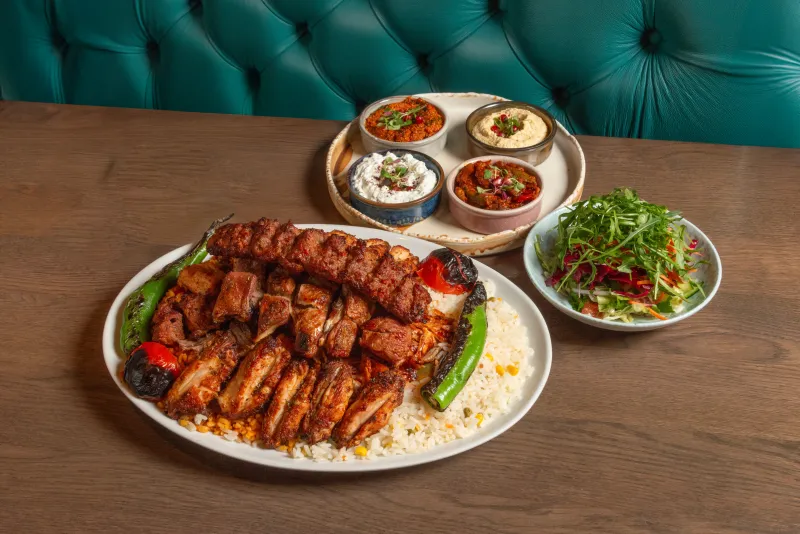
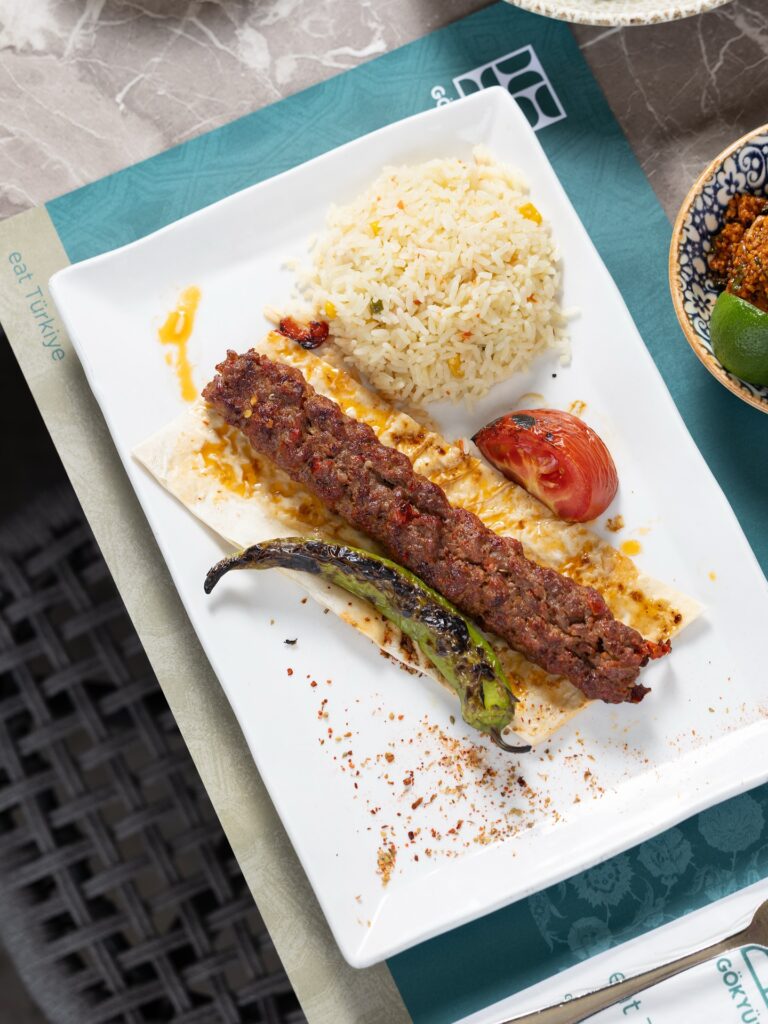
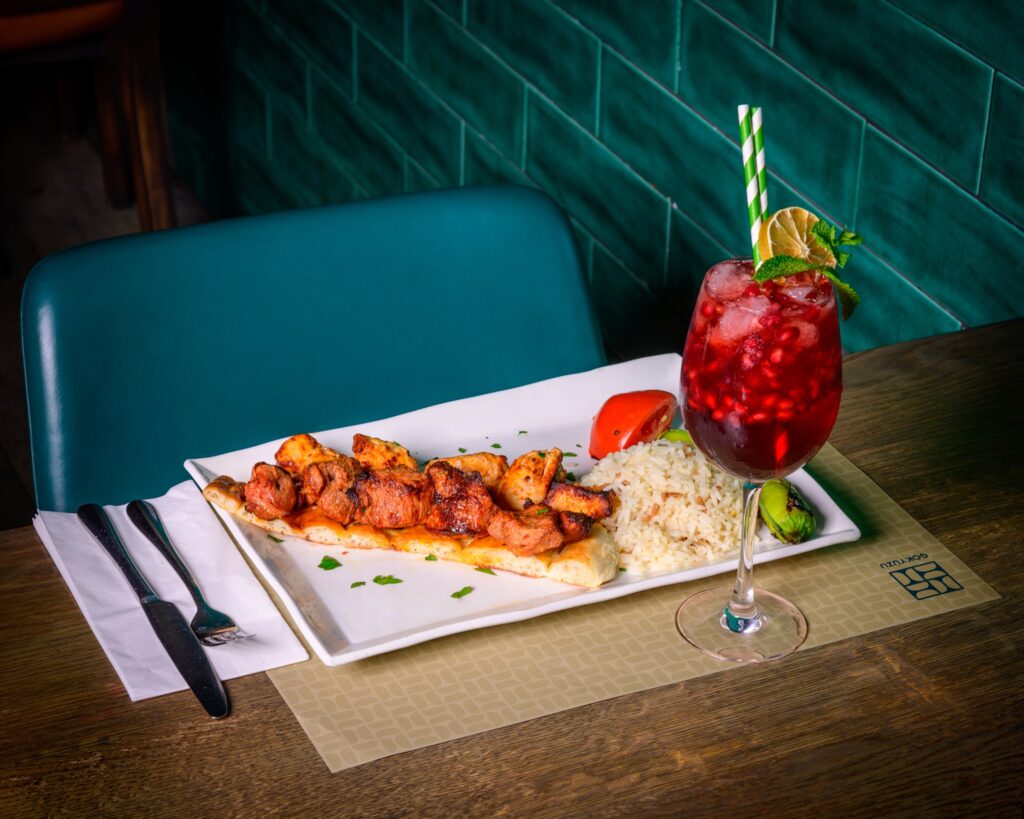
Vegetarians gravitate towards the Sarma Beyti, which regulars describe in reverent tones. To finish, the künefe is a properly indulgent conclusion – honey-drenched wheat and cheese that arrives hot from the kitchen.
The atmosphere lands somewhere between casual and special occasion, with latticed screens and teal accents throughout creating pockets of intimacy. After 9pm the lights dim slightly, the crowd gets livelier, but families with children remain welcome. At lower mid-range prices – expect around £30 per person for a feast – it delivers value too.
Website: gokyuzurestaurant.co.uk
Address: 42D Selborne Road, The Mall, Walthamstow, London E17 7JR
Read: The best restaurants in Camden
Slowburn, Blackhorse Lane
Ideal for award-winning vegetable-forward dining in London’s most unlikely location…
Slowburn has become one of London’s most talked-about restaurants despite (or, indeed, because of) its position inside a working denim factory on Blackhorse Lane. The 2025 Good Food Guide named it among the UK’s Top 100 Best Local restaurants, a recognition that seems almost surreal given you need to walk through an active jeans workshop to reach your table.
The dining room occupies one corner of the factory floor, separated from the industrial sewing machines by nothing more than some strategically placed plants and the confidence of chef-owners who understand that great food speaks louder than grand interiors. The menu changes with obsessive seasonality, focusing on vegetables grown within a few miles of East London, treated with techniques that turn humble ingredients into something truly memorable.
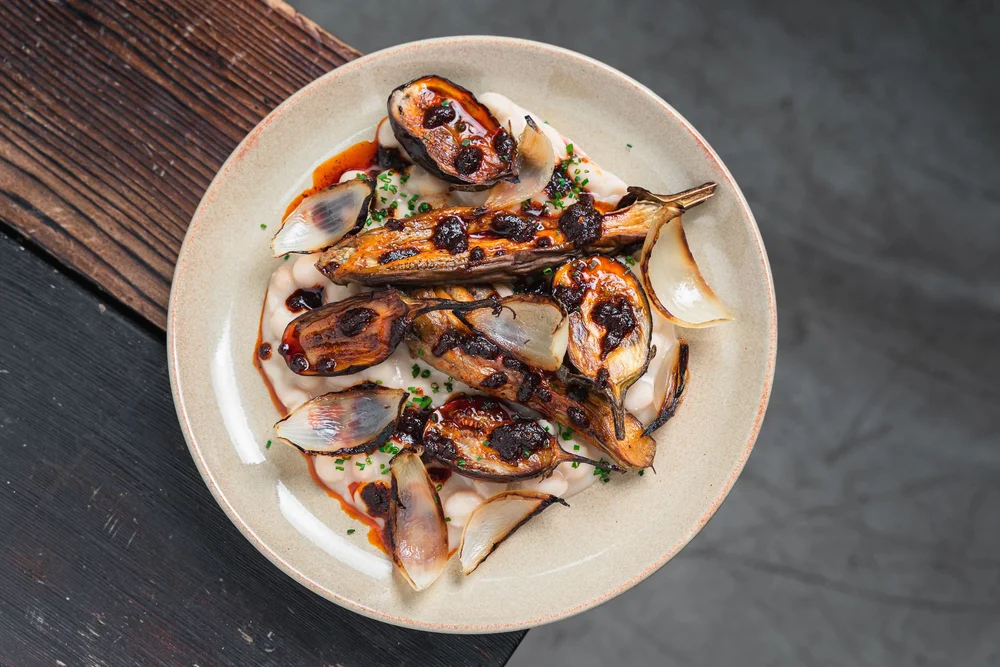
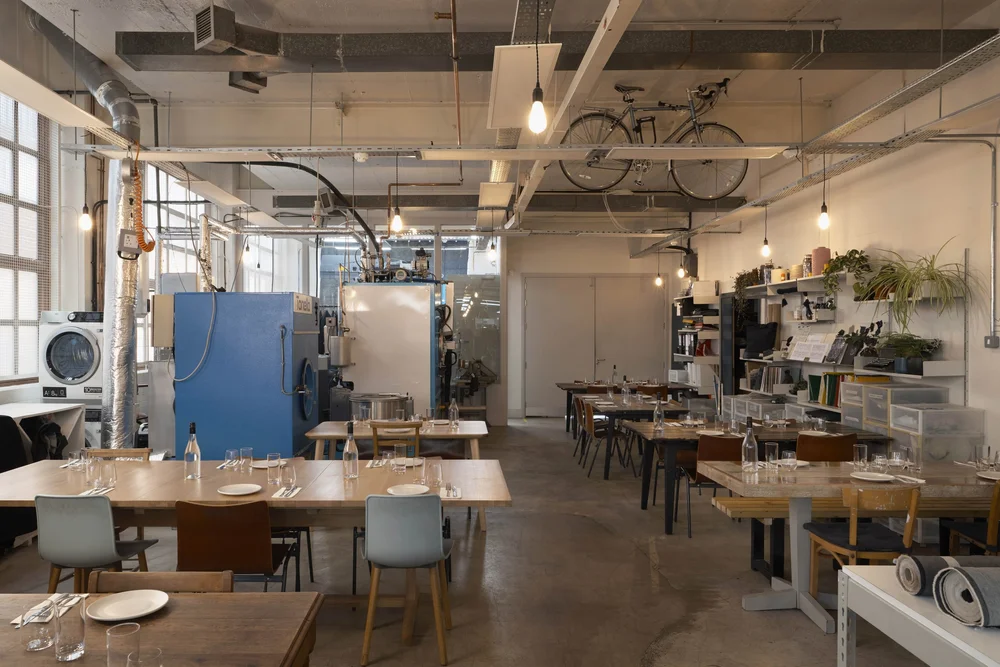

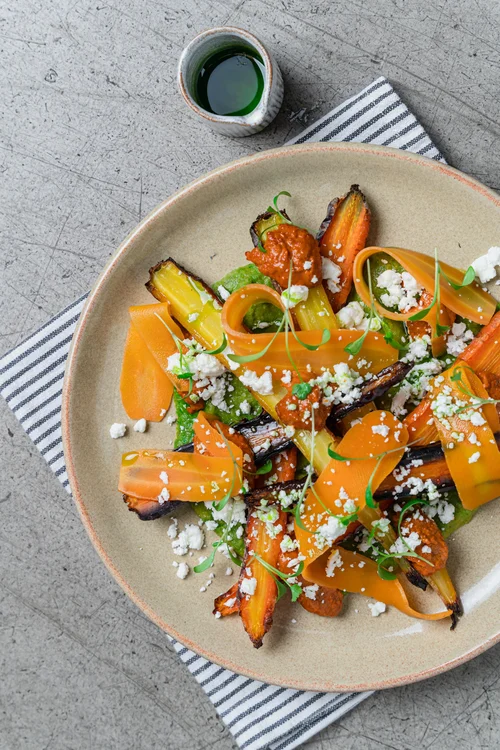
Recent highlights have included heritage carrots with brown butter and hazelnuts, fermented turnip with aged goat’s cheese, and a beetroot tart that converts even the most committed carnivores. When meat does appear, it’s used sparingly – perhaps cured duck breast with pickled plums, or slow-cooked lamb shoulder for sharing with a whole host of seasonal sides and sauces that are, in truth, the main event.
The natural wine list reflects the same commitment to small producers and sustainable practices, while service maintains the kind of knowledgeable enthusiasm that comes from a team who genuinely believe in what they’re doing. Booking essential, particularly since the Good Food Guide recognition has brought food pilgrims from across London.
Website: slowburn.london
Address: 114b Blackhorse Lane, Walthamstow, London E17 6AA
Güneş, Hoe Street
Ideal for Anatolian platters and charcoal-grilled kebabs in marble-clad surroundings…
The bar at Güneş, backlit in blue with what appears to be a vast slab of mineral-veined stone, sets the tone immediately – this is a restaurant that’s committed to creating a scene. Neon strip lighting, marble everywhere, velvet seating, a conservatory done up with faux-jungle styling…
But look past the decor and you’ll find a restaurant doing genuinely excellent things with meat over charcoal, the kind of place where locals return for ebullient hospitality and cooking that doesn’t cut corners.
The Anatolian and Mediterranean menu centres on what emerges from the charcoal grill. Adana kebab skewers arrive sizzling, the minced lamb seasoned with pepper and thyme. Lamb and chicken döner gets carved from the rotisserie throughout service, chicken shish is grilled until nicely charred. The Family Platter for 3-4 people brings together lamb and chicken döner, both shish varieties, chicken beyti, Adana kebab, chicken wings, and lamb ribs at £72.90, all served with rice, bulgur, salad, and bread for mopping.
The Iskender kebab – sliced döner layered over torn bread with tomato sauce and yoghurt, then finished with butter and herbs – is the sort of dish that keeps people coming back. Choose lamb or chicken for £21.90. Portions defeat most appetites, which seems to be the standard here. Hot and cold mezze run from hummus and cacık through to sigara böreği (feta and halloumi in Turkish pastry) and grilled halloumi, providing routes in for those pacing themselves.
Service operates with typical Turkish generosity – complimentary rice pudding arrives at the end of your meal, the kind of gesture that turns first-time visitors into regulars. The drinks list accommodates both the after-work Efes crowd and birthday parties ordering strawberry daiquiris and Sex on the Beach cocktails by the round. Chef Drew Snaith of SESTA in Hackney singled out Güneş when sharing his Walthamstow favourites, specifically recommending the Iskender kebab.
The restaurant handles everything from solo diners to large groups celebrating special occasions, remaining welcoming throughout. At mid-range prices, it delivers consistent cooking and portions that ensure nobody leaves hungry.
Website: gunesrestaurant.uk
Address: 328 Hoe Street, London E17 9PX
The Good Egg at Eat17, Orford Road
Ideal for Middle Eastern-inspired dishes in a unique grocery-restaurant hybrid…
Within Eat17’s expanded premium grocery store, The Good Egg operates as an independent restaurant serving Middle Eastern-inspired breakfast, brunch, lunch, and dinner. This unusual setup – dining alongside shoppers browsing award-winning local products and artisan goods – creates an atmosphere unlike anywhere else in London.
The Good Egg’s menu focuses on vibrant, spice-forward dishes that wake up your palate. The shakshuka comes with perfectly runny eggs nestled in rich tomato sauce scattered with fresh herbs, while the babka French toast offers an indulgent take on weekend brunch. The za’atar fried chicken has quickly developed as something of a signature, and the rotating specials often feature lesser-known Middle Eastern dishes that showcase the kitchen’s ambition.

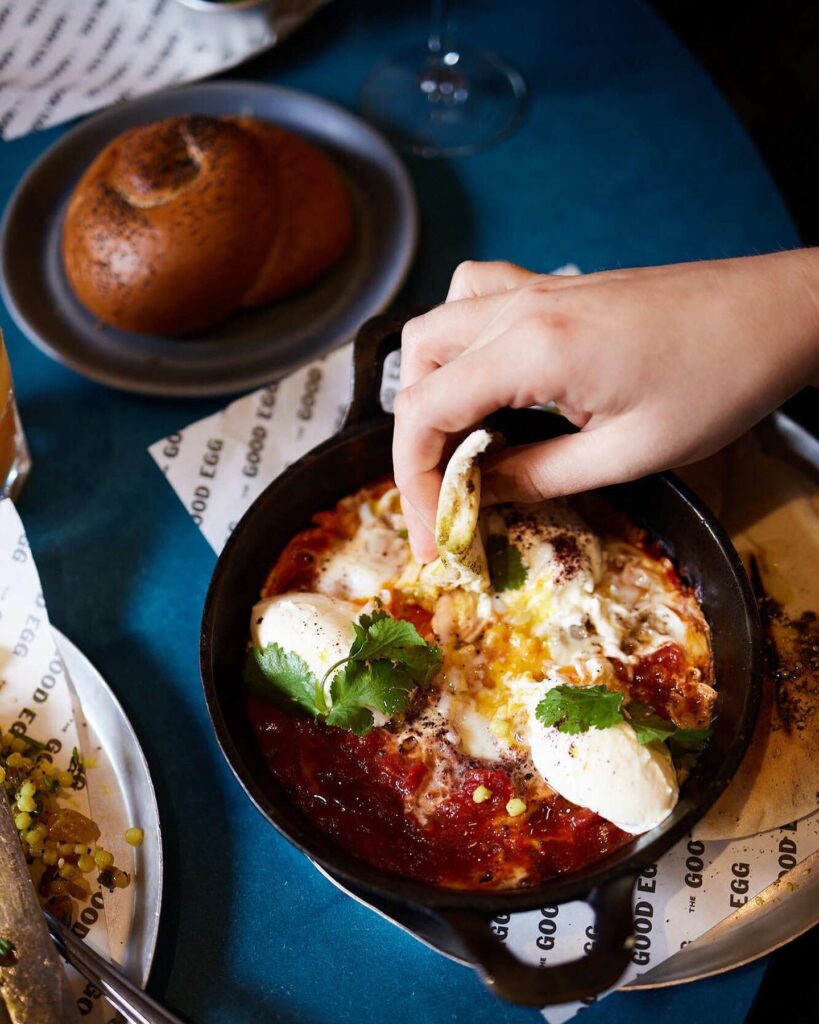
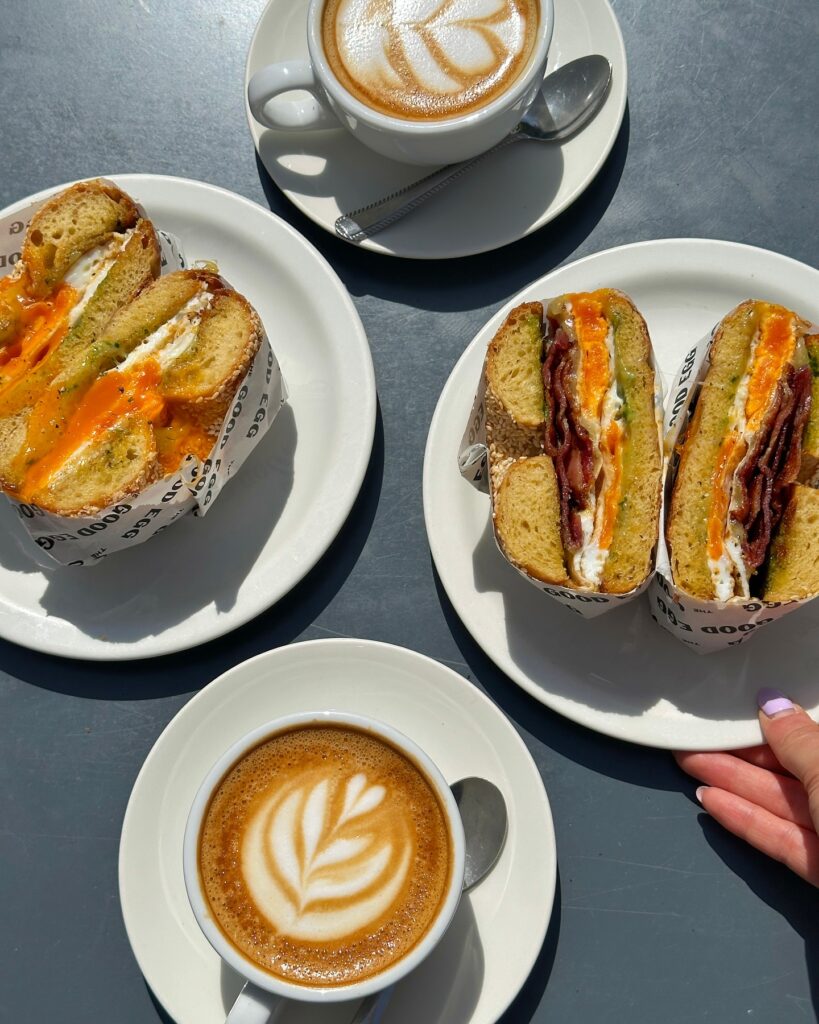
Operating from 8am-4pm for breakfast and lunch, then 5pm-9pm for dinner, The Good Egg accepts walk-ins for small groups or email reservations for parties of six or more. The casual approach suits the relaxed vibe – you might find yourself sharing a table with someone who just popped in to buy Eat17’s famous bacon jam and decided to stay for lunch.
The combination works surprisingly well. You can stock up on premium groceries, local produce, and specialty items while enjoying a proper meal, making this a true neighborhood destination rather than just another restaurant.
Website: thegoodegg.co
Address: 28-30 Orford Rd, London E17 9NJ
Etles, Hoe Street
Ideal for discovering Uyghur cuisine at one of London’s pioneering regional restaurants…
One of London’s first Uyghur restaurants, Etles has been serving the distinctive cuisine of Xinjiang province since before we (most of us) could locate the region on a map (we’re still not sure we can). The family-run restaurant occupies a modest corner site on Hoe Street, its dining room decorated with traditional textiles and the sounds of Mandarin and Uyghur floating from the open kitchen.
Uyghur food sits somewhere between Chinese and Central Asian, a gorgeous blend of influences, with dried spices featuring prominently and noodles – hand-pulled until slack – taking centre stage. Those noodles get made to order, each strand stretched with practiced confidence to achieve the perfect texture – chewy but tender, robust enough to hold up to rich, aromatic broths. The Large Plate Chicken (Da Pan Ji) lives up to its name, a generous serving of chicken, potatoes, and peppers in a sauce that builds heat gradually through layers of cumin, coriander, and chilli.


The lamb dumplings flaunt the kitchen’s skill with dough and seasoning – each dumpling perfectly pleated and filled with spiced lamb that’s been cooked until it falls apart at the suggestion of a lurking utensil. It’s heady, brilliant stuff, and has earned a glowing national review from Jay Rayner at a time when he felt particularly threatened by Eater and Vittles for not venturing out of Central, it should be said.
Cash only, BYOB with no corkage, and expect to share tables during busy periods when local Uyghur families arrive for weekend meals that stretch across multiple courses and several hours.
Website: etleswalthamstow.com
Address: 235 Hoe Street, Walthamstow, London E17 9PP
Sodo Pizza, Hatherley Mews
Ideal for sourdough pizza and natural wines in an intimate neighborhood setting…
Sodo Pizza occupies a converted industrial unit on a quiet mews off Hoe Street that’s been transformed into one of Walthamstow’s most charming dining rooms. The exposed brick walls, wooden tables, and open kitchen create something intimate, worlds apart from the business of this corner of North London, while the flickering wood-fired oven (imported from Italy, naturally) brings a gentle touch of theatre.
The sourdough pizza bases represent years of obsessive experimentation – slow-fermented for 48 hours to develop complex flavors and a texture that’s simultaneously crispy and chewy. Toppings focus on quality produce first and foremost, with San Marzano tomatoes, buffalo mozzarella, and carefully sourced charcuterie. The nduja pizza with chilli honey and rocket is bang on trend to the point of ubiquity, but still works and is our go-to order. We love the anchovy, capers and olives number too, but simply can’t bring ourselves to order it, the Jon Bon Chovy moniker too cringe to say out loud.


The natural wine list leans into interesting bottles – Joan Meyer’s Liquid Skin, an orange Chenin Blanc from South Africa with cardamom and honey notes clocks in at a keen £36. There’s Heinrich’s Austrian pet-nat with mandarin and quince for £43, too. It’s a lot for a drop with your pizza, but it’s great wine nonetheless.
Claw back some of that money on their particularly sharp lunch deal, which runs Tuesday to Friday: £10 gets you either a 7-inch pizza with salad or a full-size pizza, plus a soft. Cheers to that.
The intimate size means booking is essential, particularly at weekends when the 30-cover dining room fills with locals who’ve discovered this hidden gem.
Website: sodopizza.co.uk
Address: 21-23 Hatherley Mews, Walthamstow, London E17 4QP
Yard Sale Pizza, Hoe Street
Ideal for award-winning pizza in a converted glass factory…
Time Out consistently declares this as one of London’s best pizzas (as do we) and the Walthamstow location emphasises how we both might be right.
Rather than the promised yard, there’s a roof and stuff, with the converted glass factory providing an industrial backdrop to your pie, all high ceilings, exposed beams, and an outdoor terrace – call it a ‘yard’ if you want – that comes into its own during warmer months.
The sourdough bases use a mother culture refined over years, resulting in pizza that’s substantial and, in turn, digestible. The Holy Pepperoni holds cult status among London pizza obsessives, with pepperoni that cups and chars at the edges. The Full House combines pepperoni, Italian sausage, ground beef, mushrooms, olive and peppers, but somehow doesn’t end up feeling like a Pizza Hut. That’s some sleight of hand, that.
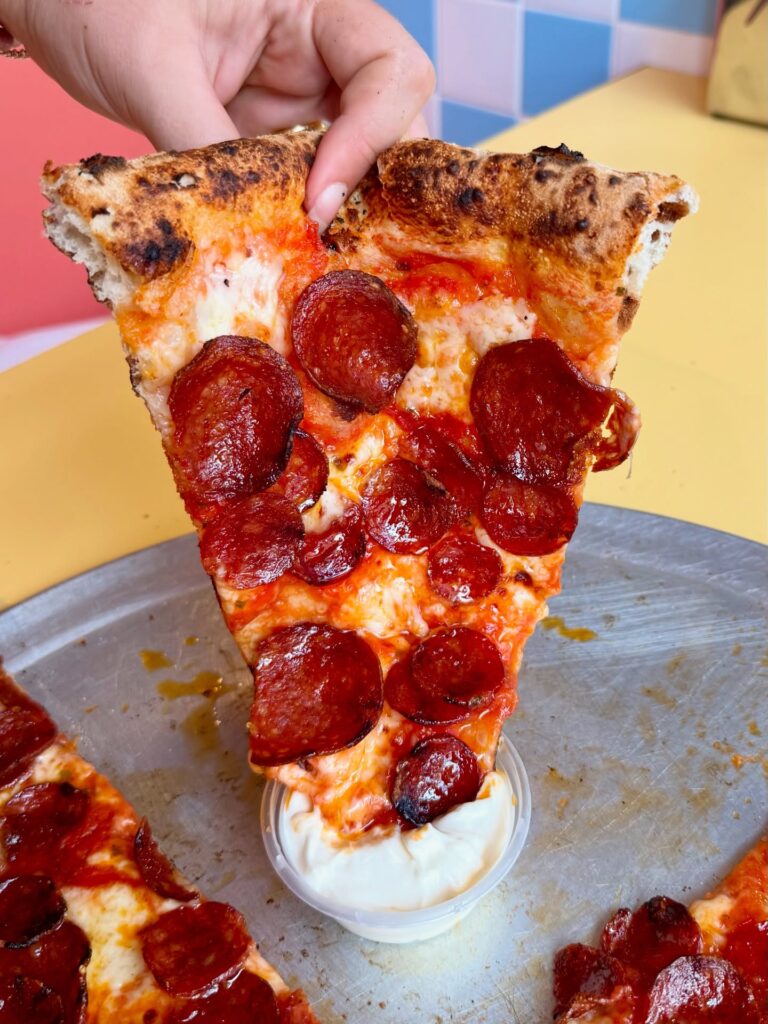

Local beers are what you want to wash it down, with several options from Gipsy Hill Brewery on the menu. That means the beer travels just twenty miles from grain to glass. Our favourite is Yard Sale’s house lager, the Pyramid Scheme. The name baffles us, but there’s plenty of clarity in the can.
Website: yardsalepizza.com
Address: 15 Hoe St, London E17 4SD
With pizza on the brain, we’re off in search of the perfect New York slice next. Care to join us?






